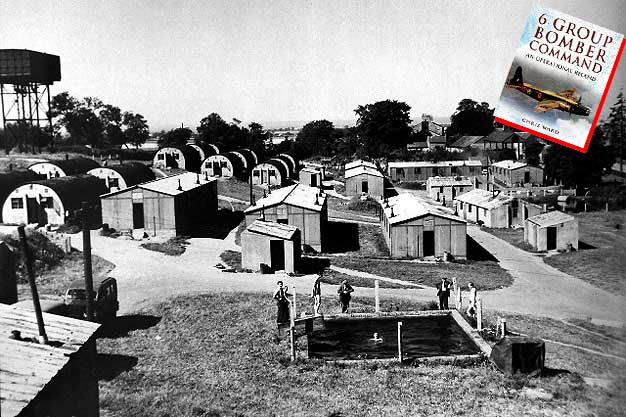

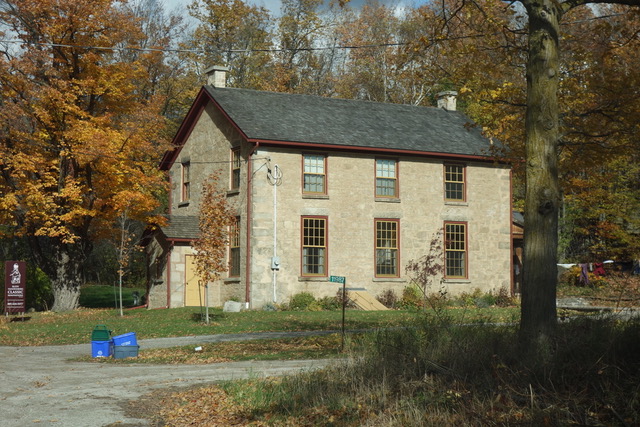




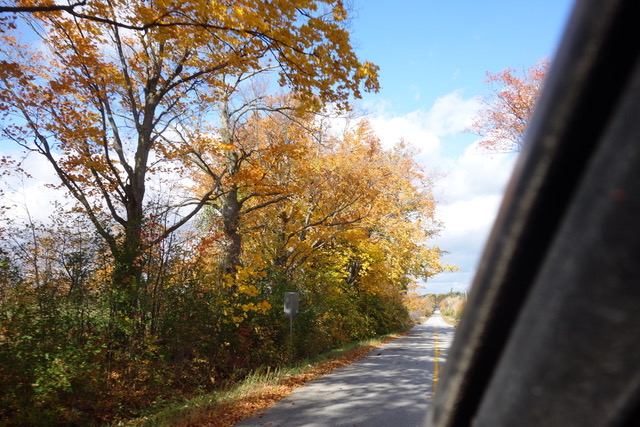













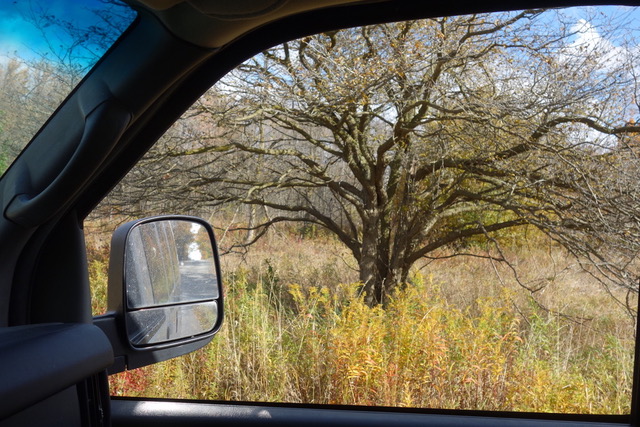
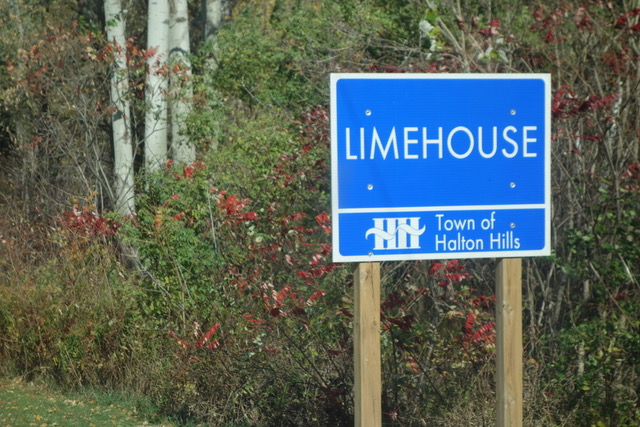





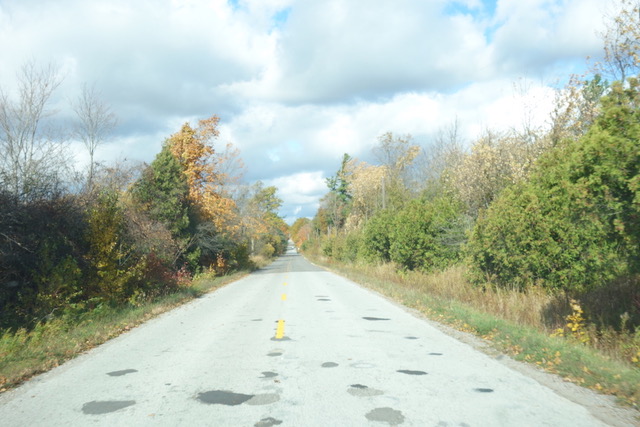


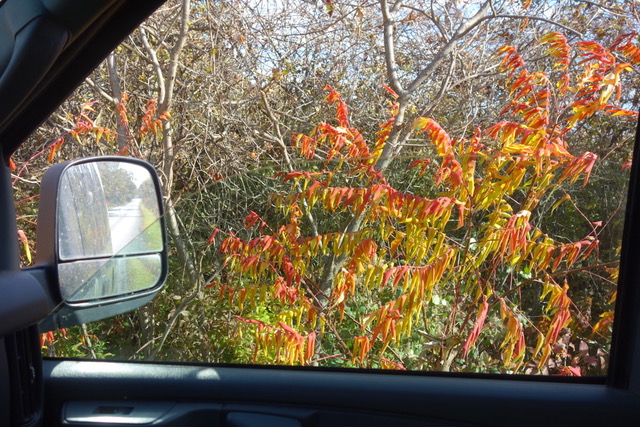


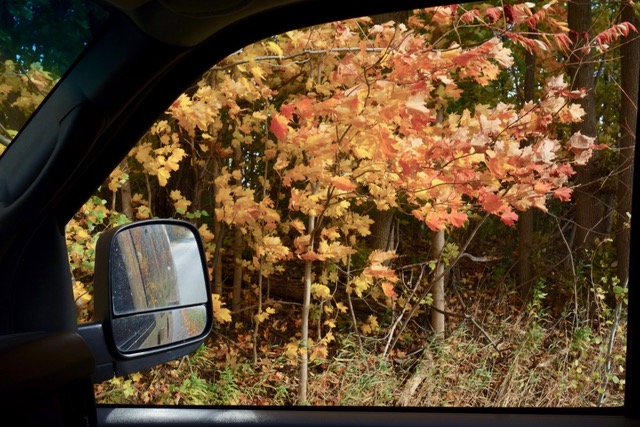


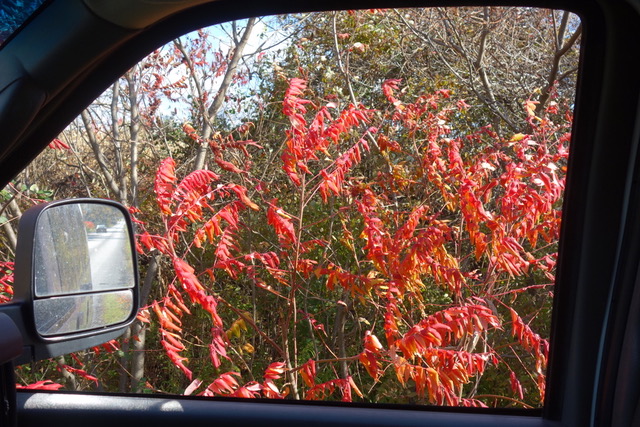
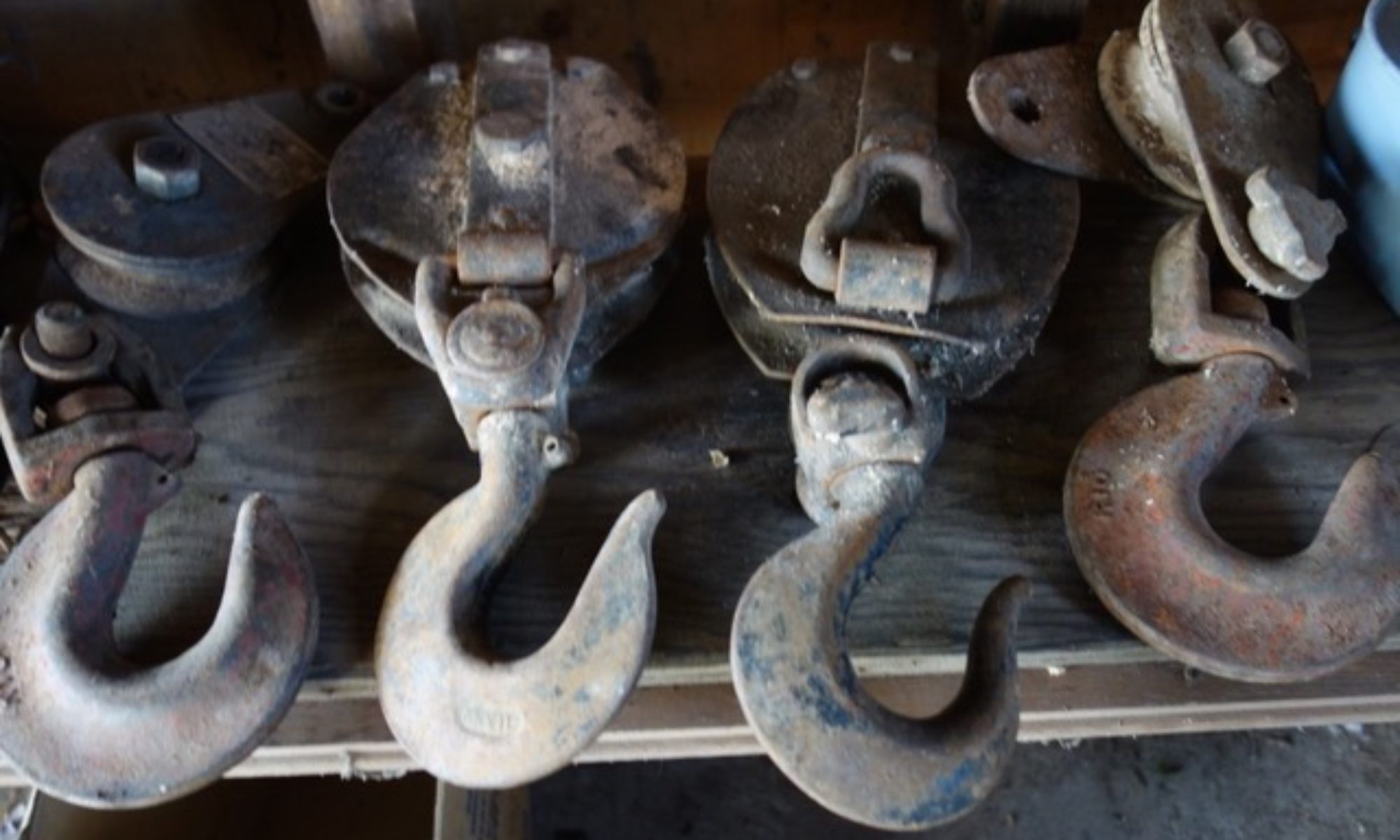
Alan's Oeuvre






































When I think of Victor Poppa I want to laugh and cry at the same time. (I think Victor will be pleased with this story wherever he is.)
I have been considering this story for more than 40 years. Should the life of Victor Poppa be edited…be sanitized in other words. Or should it be presented just the way he wrote it back in 1984. I decided to be true to Victor and present the story just as he wrote it. Rough and real. Soft and sweet. Some people will be disturbed no doubt… either by the brutality of the World War II bombing of Germany or by Victor’s sexual exploits when on the ground.
alan skeoch oct. 2019
Take a moment. Look closely at Victor. His face in 1987 needs to be burned into your brain. Look at that smile. And look deeper if you can. VICTOR POPPA was such an unusual man that I have difficulty finding a place to start my story of his life. He was unique in many ways but foremost was his ability to make every moment of his life magnetic, humorous, tragic and yet so enjoyable.
VICTOR POPPA:
alan skeoch Oct. 2019
As mentioned in my story titled “the Last Flight of HX 313, Victor was the tail gunner in a Halifax bomber that was strafed and set afire on a bombing run over Bourg Leopold on May 17/28, 1944. He was trapped in his bubble and sure to die as the big plane pirouetted out of the night sky burning in its death throes. Then by a quirk of fate the plane made a violent turn that threw Victor out to the open bubble. His parachute was only attached by one thin strap and Victor had to pull the strap down to grab the D ring. When he did so HX 313 and Victor were separated but both in free fall.
Victor survived but was badly injured. That much you already know but there is so much more that I would like to share with you. Initially I only knew Victor from his letters sent to me in 1984. He cried when I first initiated contact with him. MY letter was sent 40 years after the crash. Totally unexpected. Victor was then living in a trailer camp near Lake Elsinore, California. Retired air industry worker who moved to California when the AVRO Arrow was scrapped by the Diefenbaker government in Canada.
Sometime around 1990, Marjorie, Andrew and I visited Victor. I had a short term sabbatical leave from teaching and we flew to New Zealand and Australia to look at their educational systems at our own expense. On the return flight we stopped for a few day in California to visit with Victor and Louise Poppa. We had no idea what to expect. Our visit made New Zealand and Australia fade into the background.
Victor met us at the airport in Los Angelus driving a very large and very dated Cadilac. He had a grin a mile wide. He loved us and made no pretence otherwise. In those few days with the Poppa family a lot of things happened which are stories in t themselves so ‘let me count the ways’ as the love poem stated.
1) The Cadillac. It had seen better days at least a decade earlier. We never made the trip to Lake Elsinore. On one semi deserted California road, the Cadillac stopped. “Damn thing, let’s me down too often.” It was around 9 p.m. and the problem seemed easy to me. “Phone the AAA and we can get a taxi to your place.” “Not that easy, Alan.” “Why?” “Someone has to stay with the car…can’t leave it by the side of the road…” “Why not?” “It’ll get stripped.” “Surely not…” “Fact of life here…got to be careful.” “Who will stay with the car? Victor , I can stay here…no problem.” “Would you mind, Alan? Louise and Marjorie and Andrew can get home with me by taxi. You stay with car and tow truck until it’s safely put away…won’t take long”
So away they went by taxi while I was left to mother the Cadillac and wonder what evil persons were watching from the California darkness. Probably waited only an hour or so. Not long. No incidents.
My initial image of California was based on Hollywood. Great wealth. Extravagant lifestyles. Splendour. Well, Victor did not live that way. His home was a long trailer in a sprawling trailer park where Victor had a lot of space to keep things. Things? Lots of spare tires, fuselage of a light plane with no wings, motor parts…that kind of thing.
2) “You and Marjorie can sleep in this room.” “Nice.” “Got to be careful though.” “Why?” “Close to the Mexican border…never know who is passing through.” “Dangerous?” “Could be. Look under your pillow. There is a pistol there. If someone comes in through the window shoot first, ask questions later.” (I thought Victor was joking and maybe he was. One thing certain is that there was a real pistol under the pillow.)
“Nice picture above the bed…sort of contrasts with the pistol.” (Not sure if I said this or just thought it. Above our bed was a picture of Jesus Christ with a beating heart with words like “love” and “peace.”.) “We are Catholic, Alan, maybe you and Marjorie would like to come with us to mass on Sunday.” “No problem.” The picture of Christ and the pistol under the pillow were formost in my mind by then. The two things just did not fit. That became my image of California.
3) “This is Shadow, our dog.” “What breed?” “Pit bull…good guard dog.” “Dangerous?” “Never know around here. This is not a gated subdivision.” “I mean is Shadow dangerous?” “Can be, but I have a solution to that. Look here.” (Victor pulled a baseball bat from behind the front door. Not just an ordinary baseball bat but a bat that he had ‘improved’ by driving long spikes through drilled holes so that the long points were exposed.) “What’s it for?” “Shadow. If he attacks someone or just attacks another dog, I give him a good rap on the nuts with this bat.” “You are joking.” “Nope, I take Shadow for a walk every with and take the bat along with me. You can come with us.” (And sure enough, Victor was telling the truth. His great grin never left his face all the time we were with them. The grin fooled me often.}
4) Shadow was a nice dog. He liked us. Shadow made me laugh so hard one evening that I nearly died. I mean it. I nearly died. Victor saved my life that evening. I must tell this story for it shows another facet of Victor. He had many facets…many skills…a heart so big it enveloped all. That is probably why he was so lucky with English girls when on leave in England. He was very heterosexual. Those stories will come later …in full detail if I have the nerve to transcribe them.
“Alan, let me tell you a story about Shadow.” “Don’t tell me he bit somebody.” “Shadow does not bite…just looks like wants to bite if things get tense.” “Story” “A couple of nights ago Shadow was eating his dinner. Bowl was almost empty when a mouse jumped in the bowl. Shadow was surprised and looked over at me. Then he looked back at the bowl with a furrowed brow. And he then did the weirdest thing. He parted his lips and slurped the mouse up. Then looked at me again. The mouse was trapped in his mouth between his lips and his teeth. And the mouse was running back and forth making bulges in Shadows mouth. Shadow was startled. He seemed to be asking me what he should do with the mouse…not eat it but where could it be released… set free…where could he put the goddamn thing gently.”
We were sitting in a restaurant when Victor told me this story. One of those all you can eat places that cater to retired Americans with limited money. I was eating some kind of stew with large chunks of meat. And I was laughing hard. My image of Shadow was so funny I could do nothing but laugh. Then a lump of meat got wedged in my assophogas. Blocked entirely. This had never happened before but I knew that moment that I would be dead unless helped. I was suffocating while Everyone was laughing. No one suspected I was on the verge of passing out…perhaps choking to death. I couldn’t speak. Precious seconds ticked by. I then leaped up on the table trying to gasp…trying to get even sliver of oxygen but failing. Panic. It was then that people realized I was in serious trouble. I jumped down from the table…could not breathe. No one knew what was wrong.
But Victor was a man who knew a crises when he saw one. He immediately jumped from his chair linked his arms around my back below my rib cage and gave me one hell of hug. Bingo! In that split second the lump of beef was ejected and I could breathe again. I will never forget that moment.
“How did you know what to do, Victor? How did you know to give me that hug?” “I didn’t. Never saw that happen before. Seemed you needed help.” “Victor, you saved my life.”
“How did it happen, Alan?” asked Marjorie. “It was that goddam story about Shadow…made me laugh so hard I could cry… make me take a deep breath with a mouthful of food.” “Why so funny?” “Because I pictured Shadow with that furrowed brow while the mouse was running back and forth inside his lips.”
5) And of course we talked about World War II at length. Victor felt devastated when he returned to England after walking out of his POW campt in Germany and trekking with Seeley and nine French nurses through the chaotic ruins of the Third Reich to American lines in what would become West Germany. “George Freeman, I called him Hank, was my best friend…we were both gunners in 424 Squadron, RCAF and that was a bond but our shared life together on military ‘leaves’ really made us as tight as brothers. Someday i will tell you about our experiences with English girls. We met a lot of them. George was about to marry one and would have done so had not that JU 88 strafed his middle gun turret.”
“I am writing a story of my life, Alan…don’t know what to do with it really…let me send a copy to you…I have a good memory for detail. Maybe you can make something out of it.”
Victor did sent me his hand written journal. This is only part of the story. Part One. What do I remember most about Victor? He laughed a lot. His face was creased with a few wrinkles that turned upward and not downward. He was always good company, a person people like to spend time with.
6) My only flying experience with Victor came about almost as an afterthought. I did not know he owned a Cessna 170. It was obvious that he was not a wealthy man since his home was a trailer in a trailer camp that seemed insecure…need for the pistol under the pillow and Shadow the laughing pit bull.
“Would you like to go up, Alan?” “Fly around Lake Elsinore…we can do that…I own a plane…keep it near here. How about it?” “Sure.” (I said that with some nervousness as my experience with light airplanes was not a bed of roses. Flying in S 52 helicopters in the wilds of Western Alaska had been exciting when I was a single male of limited value to anyone. And then later aborting a takeoff on a swampy lake full of deadfalls in Ontario…and doing the attempt again with a pierced pontoon. And hearing tale after tale of bush flights that failed. These made me a little nervous to say the least.) But I said ‘sure’ and Victor drove me to the nearby airstrip where his Cessna sat.
“How long have you had this, Victor?” “Quite a few years…love to fly…wanted to be a pilot back in the war but they had lots of pilots and made me a tail gunner. I just love flying. Get in.” (A Cessna is a light aircraft…could carry two people and a bit of baggage. I notice the paint had pealed off in several places.) “Buckle up, here we go.” Victor was in his element as we taxied to the runway and full throttled our way into the California skies on a clear bright day. “Important to buckle up Alan, because of that door.” “What door?” “Your door doesn’t close properly…easy to push open.” The door was ajar…easy to open. I tried to move a little closer to Victor…this flight was not a good idea. “That’s Lake Elsinore ever there…coming up.” “Do you fly often?” “Whenever I can…mostly alone.” “Why?” “Louise doesn’t like to fly unless we are going somewhere special in the interior.” “Alan, take a look down there…gated subdivisions…more and more of them being built.” “Why…are they needed?” “Rich people seem to live in fear so they have guards at the front of their estate homes. Costs a lot of money. The rest of us live wherever we can find a place No guards.” And Victor circled over one gated community with a fancy Spanish name that I have forgotten. “Can I take your picture Victor….while we are in the air?” “Of course.”
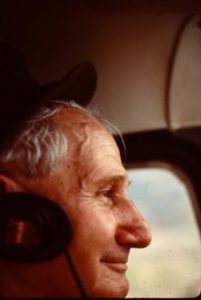
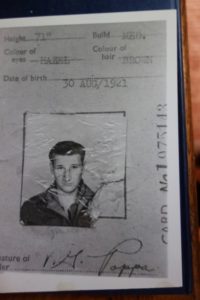
And this is the picture I want readers to see. This was Victor Poppa around 1990. Beside it is his picture when he was a 22 year old gunner on HX 313. Note one thing. They look the same. They have that devil may care look. Hard to hold back a smile…determined to live life to the full and prepared to share whatever he has with friends.
Now I think you are ready to read Victor’s journal. I have decided not to edit his sexual exploits for they are as funny and sensitive as Victor’s dog Shadow with a mouse running under his lips.
THE JOURNAL OF VICTOR POPPA (sent to Alan Skeoch in January, 1987, transcribed by Alan Skeoch 2019)
Alan, I am going back to day one in the story of my life. Nine months after that gleam in father’s eye,I was born, August 30, 1921. The last of five children. My life up to four was uneventful until one day as was just standing in my back yard my oldest sister Sylvia approached me with one arm behind her back.
“Victor, guess what I have for you?”
She handed me a model airplane with about a 6 inch wingspan with two wings, From that day my life was purely airplanes. I used to walk to the Elliotts airport and watch the airplanes take off and land. Mostly Curtiss Jennies (JN4w’s) I also remember a damaged deHaviland Hornet Moth …a high winged airplane , cabin for 2 people. I can remember sliding my hand over the shiny fabric and dream. Since the airport was near Hamilton bay, we were also visited by a Vickers Vidette, an English airplane.
Elliott’s airport closed down and a new one opened about an eighth of a mile from our house. Here they had four Gypsy Moths (de Haviland) but the airport had a short life because the approach and runway were not ideal. Finally Hamilton’s Civic Airport was built and lasted until the end of World War II when it became a housing tract.
Only a mile from home so I spent as much time there as I could. Enjoyed watching the Piper Cubs land and takeoff. The Cubs had tail skis instead of tail wheels. Hamilton’s first air force Squadron , 424, was formed here. Equipped with Tiger Moths, then later Fleet airplanes with 90 horsepower Kenner radial motors. It was a big day for me when a Lockheed 10 landed. It had two motors and I marvelled at how it could take off and land in such a short space.
Then, for two dollars that I had saved, I got a ride in a Taylor Cub. I walked on the clouds for days after that one. One day a Piper Cub J3 crashed and the pilot was killed. I looked at the crash soberly but my feelings for airplanes and flying were not dampened.
One winter day I was leaning against the 4 foot fence looking at a Curtiss Reid Rambler with its inverted cirrus motor. The owner Ray C. came to his airplane.
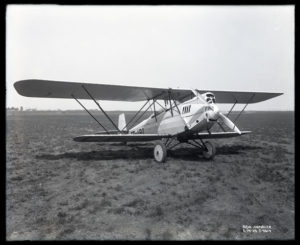
“Mister, I have 75 cents to help pay for the gas, could give a ride?”
He agreed but disappeared for a long time. it was a really cold day and my feet by this time were freezing So I left, downcast, not for my 75 cents but that I had been let down. I had come so close to an airplane ride. The next week end I went back to the airport and while looking at the old Rambler, Ray C. came along. He spotted me.
“Hey, aren’t you the kid that gave me the 75 cents for gas?”
My heart skipper a beat.
“Come on, get in.”
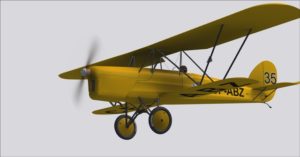
I climbed nto the front seat, Ray strapped me in. Soon we were taxiing to the active runway. Before i knew it we were in the air in this wonderful yellow airline with tis two wings. We flew up towards Hamilton’s so called mountain where i was treated to steep turns, dives, and spins. The cold day did not matter one bit. The wing arrangement was called Sesqui-plane because of the short lower wing. Had struts instead of wires. At the time, I did not know that Ray’s airplane was a retired airplane from early RCAF days. All this came to light on looking through my 1985, 424 Squadron history book purchased from the squadron reunion in the summer of 1985.
“During these tender years I built model airplanes and I still do for that matter. As a very young lad I was not familiar with balsa wood so I used my mothers’ kitchen knife to split pine boards with the help of a hammer. Mother never said anything about the abuse of her knife. I used my imagination a lot. I made a hanger from a wooden box wirth my squadrons installed as I whittled. By he tie I reached high school my had really progressed with my model airplane building.
“During lunch hours in High School, I didn’t bother with sports or running through peoples back yards, climbing fences, etc. Instead I went over to a small building where Piper J3s were being covered and later assembled at our local airport. I used to enjoy talking to the fellows working there and smelling that wonderfull dope they used. It smelled so ‘airplane like’. (I wasn’t into glue sniffing though.) To me a person has not lived until that person visited a place where airplanes were covered with Irish linen, then painted. The smell was like fine perfume.
“About the last year I was in high school the National Steel Car Corporation of Hamilton was aproached by Ottawa and asked to build an airplane factory in Malton just outside Tronoto. When possibleI would wangle car ride from Hamilton to Malton to see if I could get a job there. Sometimes I travelled all that way on my bicycle. And often I hitchhiked. Finally i was hired on August 28, 1938.
GAP HERE…A PAGE SEEMS TO BE MISSING SO STORY JUMPS VICTOR’S FIRST EXPERIENCES AS A VOLUNTEER SOLDIER
“About 100 of us were loaded in trucks and driven to Long Branch, a suburb of Toronto. We were unloaded, marched and line-up. We were each given a Ross rifle and handed 10 rounds of .303 ammo. On order we were to load and fire at will. Bullets hit rocks and whistled every which way. It was a frightening experience. I almost dropped my rifle but pulled myself together and fired my ten rounds. That was my first World War II shooting experience.
Just before posting out on my first pay parade the paymaster counted out my pay. I was given $10 more than I was due which I returned and was thanked for my honesty. That’s the way I am.
I was posted to Quebec City where I met my wife Louise Voyer. (Louise was a girlfriend not a wife until after the war. In between Victor was never short of female companionship when on leave. And that is an understatement.) Then I was posted to Belleville, Ontario to Number 5 I.T. S. Here we study airmanship, navigation, wireless, etc.
At this school decisions were made about our future positions and placement. I did not apply my energy fully asI should have and as a result I was offered the opportunity to be a Bombardier. Disappointing day. I would not be a pilot.
“If I can’t be a pilot, Just make me an air gunner then.”
“So I was posted #9 Bombing and Gunnery school at Mont Joli, Quebec where the St. Lawrence River is 20 miles wide. We flew in worn out Fairey Battle’s. Two students at a time. Bitterly cold. When we fired our drum fed Vickers gas operated machine guns we would hold one hand on the barrel and fired until the hand was warm, then we switched hands. My flying time at St. Joli was13 hours and 45 minutes. I graduated as a sergeant, given leave and posted overseas from Halifax, Nova Scotia’
Note: Victor’s time spent in Halifax was disappointing. The “two brands of beer tasted more like dishwater” and finding females was nigh unto impossible as”they were gun-shy due to the constant flow of bodies passing them.” After a week he shipped out on the Queen Elizabeth Steamship with 12,000 other Canadians. “We were jammed into staterooms, aisles, every part of the ship.” No luxury. “My bunk was on the floor with three more on top of me. The fourth person slept with his nose touching the ceiling.” there were chocolate bars available in he canteen but the line ups were long. The kitchens ran 24 hours a day. Occasionally they sailed past cork life rafts that were empty. This was sobering. Like floating coffins without the bodies. They Docked after four days at Grennock, Scotland then they were sent to Bournemouth for posting.
Note: He arrived in England May 20, 1943 and returned to Canada on July 17,1945 during that time he flew 49 hours and 45 minutes on daylight bombing runs and 42 hours and 35 minutes night bombing the last of which was May 27/28, 1944 when HX 313 was shot down and Victor became a Prisoner of War. In short Victor spent 12 months in active service May, 1943 to May 1944. One year.
He had one amusing comment about that year in England. “I am Always hungry.”
“On arrival in England Victor was assigned to #22 Operational Training Unit (OTU) flying Wellington Bombers which were twin engined aircraft “of Geodetic Construction mid-winged, 70 foot wingspan, crew of 5, sporting a Fraser back gun turret with four .303 machine guns (Browning), also had a front gun turret which Bombardier was resposilble for” in event of a frontal attack by a night fighter … a rare occurrence.”
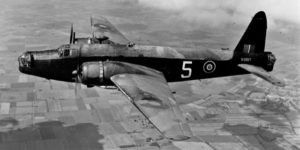
Victor first crew was Bill Tighe, a recently married Englishman. Bob Irwin (Navigator), Ken Sweatman (Bombardier), Wilf Wakely (wireless operator) and Victor Poppa himself (tail gunner). Wilf was experienced having flown on 6 bombing missions one of which was the first 1,000 bomber raid on the Ruhr Valley “which we named Happy Valley because of the intense Flak, Searchlighs and night fighters.”
Wilf Wakely was the only survivor of a Handly Page bomber (Halifax?) so had experience with parachute and escape hatch. Victor enjoyed the training flights and the lectures. One lecture saved his life. Ken Sweatman asked Victor to come to a presentation on photo flashes. Later, Victor failed to properly address an officer and was told as punishment to harmonize the guns on an aircraft being repaired. Bombs had been unloaded safely it seemed. So Victor paced off a target point behind the bomber, set up a harmonizing board, climbed the ladder into the bomber and began walking along the catwalk to the rear of the plane. His arm accidentally caught on the arming wire for the photo flash and pulled out the pin. Time delay began ticking. In seconds the photo flash would explode thereby detonating the other photo flashes and then perhaps the whole bomb load. The photo flash units were bombs themselves though. “At this point I had two choices either to remove the fuse or jump out and run hoping I would be far enough away to survive the blast.” Victor knew all the ground crew would die so he decided to try and remove the fuse. Success. “I descended the ladder and told the armorer what happened. He blanched’ as I handed him the fuse. If I had not attended that lecture with Ken I would not be here today.”
While on training flights in England Victor had ‘real fun’ doing air to air firing from his Wellington gun turret and also “we used camera guns against spitfires” Then they practised low flying where Victor coaxed the pilot to get lower and lower. Ken Sweatman got worried and reminded Victor that “I am a married man as is Bill” All the same they did fly low enough to touch the top of trees, buzz a train and fly through a quarry ‘which was a near miss’. When they to back from one practise run the ground crew pulled branches from the motors.
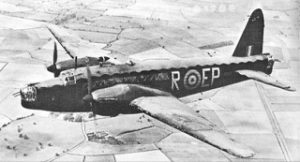
“Night bombing was another matter…more dangerous. Initially we did circuits and bumps in the dark…i.e. takeoff and landing. Then cross country flights one of which created panic when a fire seemed to happen just as the plane was on its final approach. “Bill said, ‘I smell fire’ Wilf fired a red flare and we were cleared to land. Bill had not bothered lower the landing gear, flaps were down. Bill did a fancy side slip but we hit the air cushion between the airplane and the runway and started to slide, slide, slide…15 tons of mass takes a fair amount of runway. We skidded onto the grass as the tail swung around. I felt like an anvil on a chain. Our airplane did not burn, fortunately, I had trouble getting out of my turret as the hydraulic lines locked once the motor stopped. The Wellington was totalled…ruined…fuselage was twisted and wing bent up, centre section spar twisted, propeller ruined, bomb bay a mess and the bottom of the motors cylinders mashed. We got out OK…Bob our navigator cracked a couple of ribs. Bill had his log book ‘endorsed” meaning his idea of a fire was not quite valid.”
NOTE: Operational training was no piece of cake. Victor estimated that about half of the dozen or so crew members he started with died before ever getting to fly a bombing run over Germany. One crash must have made Victor and his crew feel really badly as they were partly responsible.
“There were always bad crashes using those tired old Wellingtons which were difficult to fly on one motor. One night in our trading at #22 OTU we were doing takeoffs and landings and while taxiing down the runway Bill managed to get one wheel off the runway. As we were trying to get our Wellington back onto the runway we heard over our raidio telephone another airplane talking to our tower. He said he had one engine out. Tower asked if he could take one more circuit as we were stuck part way down the runway. the pilot said he would give it a try. He did not make it. A few seconds later I could see a big flash of flame. All aboard perished.”
“There was never any talk about about all of the things happening but every day we could see stretchers leaning against the hospital wall with dark brown stains from bloodied bodies.”
NOTE: Victor was young, 22 years old, blessed with a feeling of immortality when he first arrived in England. At OTU that feeling diminished. He kept a stiff upper lip.
NOTE: English girls were great distractions for Victor and for many other airmen who tried to live their lives to fullest for they soon knew their days living on this earth were numbered. So sex was an escape and a pleasure…as Victor graphically describes. Each base provided a big box of condoms. “We could take as many as we wanted and did so,” said a friend of mine.
NOTE: Some readers may find Victor’s stories upsetting because the sexual detail is a bIt rough. Sorry about that. These sexual exploits were part and parcel of bomber command experiences. Some are very humorous. If you find sex disturbing stop reading now. NOW!
“Wellesbourne was my first real opportunity to meet English girls. These girls were easy to get along with and very nice. Wellesbourne sported 4 pubs. We would start down from 1 to 4 and then back to #1. There was a lot of just regular sex with these girls. With some there was a bit more than that which I remember with a smile. This one girl was about 5’ 6” and well proportioned and would wait near a lane for her prey. You could do whatever you wanted providing you were both standing up. One of her first words were ‘you are raping me you know’ to which the response was ‘Uh! Huh’ and kept proceeding. She was my first experience with what was known as a ‘knee shaker’. Later this same thing was done in telephone booths when it was raining. It was fun if a little strange.”
“Another night I was drinking my way back to the base and I was well into my cups and using my bicycle for support. This fellow I knew had two girls with him. He said ‘Vic, I can’t fuck them both, do you want one?’ Sure, I said, I was given my choice. My friends choice of words did not upset the girls. They were both attractive and eager to get on with it. I got mine down the road apiece and over the hedge. This time missionary fashion was great, especially with one nice buttock inch hand. I finally got her back over the hedge, kissed her good night … mutual kiss back. The next morning on my way to the mess hall, the back of my hands were very itchy and I had to scratch them. After reflecting on the problem a bit, I came to the realization that I had deposited my girl onto stinging nettles. I’ve often wondered how much scratching she had to do to her very nice bottom?”
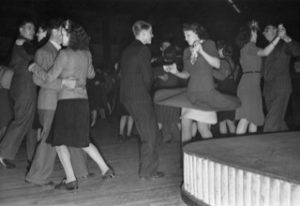
Dances for airmen were a regular occurrence across England
“Another high light was when one night a female Cabby offered to take two of us from our unit to Leamington Spa (about 20 miles from our base) for 10 shillings each. We had her drop us off at the local once hall. I wasn’t making much headway until after God save the King was sung at the end of the evening.. While passing through the door I noticed this reasonably shaped female on my left. I slipped my arm under hers and said ‘Let’s go to the park.’ To which she replied ‘The park’s closed, let’s go to my place.’ We did not waste words. Thanks to the blackout my hands were busy. She said ‘I’m glad “.’ ‘Me too1’ I stayed with her all night. When we were really into it she said ‘I don’t care if have a baby’… I said ‘Me, too!’ and kept going. She told me her name was the Honourable Olivia. Olivia must have been between 35 and 40 years old. What a body? and good-looking. I was 22 years old. I awoke at 6.45 a.m. and had 15 minutes to get to the base. We were scheduled to fly at 8 a.m. Olivia asked if I could make it on time. I said sure , ‘I have 7 shillings which is more than enough for the bus.’ Olivia insisted on giving me a 1 pound note (worth about $4.50 Canadian) I did not have time to argue. From time to time I have nice thoughts about the Honourable Olivia.”
NOTE: Victor’s RCAF career…would make a good movie. I like to think that the Honourable Olivia really wanted a baby…needed one for her biological clock was getting past its best before date. Maybe her British army husband had been lost in the disastrous early months of the African campaign…a side story. Maybe Victor really earned that 1 pound note. But that is just speculation…fantasy. Maybe.
FIRST RAID: BOMBING OF HAMBURG (SO intense that the streets caught fire)
“Our Squadron Commander deemed us ready for combat on July 24, 1943. Our target was Hamberg. Mission Number One. All of our training came to a head. At the briefing we were told we were one of 800 airplanes to go on this raid…mixed bag or Wellingtons, Short Sterlngs, Halifaxes, Lancasters.
Once airborne we each got busy with our own task. I loaded my four .303 Brownings and cocked each gun in the ready to fire position. I then switched on my reflector sight and to my chagrin I discovered the bulb for the reflector sight refused to light up This was good cause to turn back but I voted to continue anyway and take the chance. We were very naive at this juncture and it was almost our undoing. However the gods were smiling upon us. We crossed the coast at Scarborough, heading for Heligoland where we met our first baptism from “Flak” (anti-aircraft shells). We were at 20,000 feet and passed over the German Flak ships without damage. We then crossed the coast where the Elbe empties into the North Sea heading inland to Hamberg. More Flak explosions around us. I heard the sharp crack from each shell and saw the black puffs of smoke. I knew we could be hit as the flak was very close. The plane bounced. We were being handed off from one flak battery to another en route to Hamberg. Then there it was…the city. Well lit. Looking down I could make out the streets and see bursts from our bombs exploding. Some aircraft carried 250, 500, 1000, 2000 and 4,000 pounders called ‘cookies’. Others carried a mixed bag…some of the above, Magnesium bombs (400 to a canister) and last but not least, 35 point phosphorus bombs. Phosphorus was nasty…it would stick to anything including flesh. There were 8 of these to a canister. If phosphorus stuck to flesh, it began to burn and could only be put out by sand or water. So people hit by phosphorus had to be submerged in water. And had to stay in water because the phosphorus would begin to burn the moment a person left the water…burns in an oxygen atmosphere. Phosphorus burning people who jumped into water had to stay there. After the war I heard tht the German SS machine gunned their own people to put them out of their misery.”
“This raid to Hamberg was also the first time we used a device called ‘window’…little pieces of foil. When cut to the correct wave length these strips would confuse German Radar. Instead of picking up individual aircraft, German Radar showed hundreds thousands of aircraft. Our losses this night were nominal from the flak but that did not stop the night fighters. A Junkers 88 crept up our tail and got within 100 feet but was down lower…about 25 feet lower so it remained very close. Fortunately we were flying in a Wellington and from his position we could have passed for a Ju 88 which has two motors and at night we must have made the Ju 88 pilot curious. Were we an enemy or a friend? First he put on a big amber light then a smaller green light. I said to Bill to start corkscrewing. Bill’s idea of a corkscrew was not my idea of a corkscrew. The Ju 88 followed. Then, just as we were about to start another corkscrew, the Ju 88 put on a red light, levelled off and was about to give ua everything he had. I Said ‘Bill, 360 port, Go!’ Bill slammed us into a 90 degree bank to Port just as the Ju 88 opened up. Missed us by a split second and at the same time we lost him. Our 360 degree turn was right over the target and right in the middle of our own Bomber stream. Talk about Russian Roulette. We still had our bombs aboard and Ken then let them all go. Not safe yet. We shook off 3 more German night fighters which Bill handled OK.”
NOTE: Victor Poppa believed the German pilot of the attacking JU 88 night fighter got a bit confused since a the Wellington bomber and the Ju 88 looked similar as you can see. Victor’s crew were lucky because the Ju 88 delayed the attack giving the Wellington time to corkscrew and then dodge to Port side. Rear gunners, like Victor, often played major role in detecting night fighters coming from behind. Some felt those Browning machine guns were useless.
Wellington Bomber
“Then our intercom went out and I couldn’t get Bill. I flashed my flashlight up the fuselage, Wilf saw my light and figured something was amiss. He checked around and found he had accidentally disconnected the plug. Then our wirelesses quit working. All faults that could kill us. Like I said the gods were smiling down on us. If the intercom had gone out earlier, I would not be here today.”
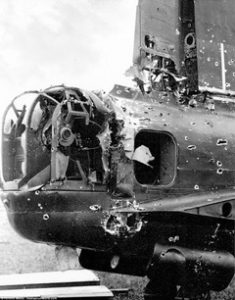
Note: Victor and crew got back to England without another crisis. There were so many things that could go wrong on these fights. Even the accidental disconnection of an electric plug could spell disaster. Tail gunners, many of them, knew the Browning .303 machine guns were not very effective so they did not have itchy trigger fingers. Better, they thought, was to act a spotters should an enemy night fighter be attacking. Alerting the pilot a top priority. Firing the Brownings was a distant second. Bursts of machine gun fire might just allow an enemy night fighter to hone in on an RCAF bomber. Victor does not seem to have total confidence in his pilot which is never a good sign in a bomber crew.
“July 29, 1943, We were sent out on a practice bomb trip to Strensell for Ken’s benefit. That evening we were to go back to Hamburg for our second mission but this duty was not carried out because our ‘Gee’ set would not function. We got 5 degrees east and Bob refused to navigate.”
Note: Abortng a mission was a serious issue. By 1943 most crews knew their chances of successfully completing 20 Bombing runs was slim. Some crews seem to have looked for excuses. Understandable for sure but not acceptable. An aborted mission was always suspicious…always investigated.
“A ‘Gee’ set not functioning was a legitimate excuse to terminate a mission. Bob could navigate without the ‘Gee’ but refused to do so. Bob’s nose could get hard at times.”
“JULY 28, 1943, During the day we did an air test and that night were sent out on another cross country no doubt penance for Bob’s refusal to fly without his ‘Gee’ set/“
“July 29, 1943: We were to got to Hamburg again. Number 3 Mission. We caught hell on this one. It was a hot summer day. We had a total of 780 aircraft going. As before mixed bag of airplanes.Gradually British production of 4 engined aircraft was starting to replace the two engined Wellingtons. I’m not counting theShort Serling. This airplane was a real dog. Once loaded with bombs it could not get to 25,000 feet. Later the Sterlings were given the job of towing gliders exclusively.”
“Bill gave full power for take off with around 10 degrees of flap. when we were over the trees at the end of the runway I could see the flaps creeping up on their own and we were starting to settle down to the tree tops, at this point as we were just skimming the treetops we started picking up more airspeed and slowly started to climb.
“During the war density of air was not known as a factor in an airplanes’ ability to lift weight. The hotter the air the higher the airplane thinks it is at, hence an airplane with ,say, an ambient temperature of 115 degrees might not get off the ground at all. Now, say the temperature is 70 degrees the airplanes’ ability to life the same weight would be alright.
“We followed similar course as we had on our first trip…via Heligoland, the Elbe River to the target. The flak was real close. They had our altitude right on but we were off our Port side by 200 feet. The Flak stayed with us all the way to Hamburg with continuous explosions of 88mm shells. Over the target was not much better.We were briefly caught by searchlights but shook them off. Ken was getting the bombs off and then he turned to get a look as the bombs were released. Lucky. A chunk of flak from below sent shrapnel through the perspex (plexiglass). It struck exactly where his head had been a moment earlier and continued up through the instrument panel . Another piece went between Wilf and Bob and back into space. Shortly thereafter another shell burst above me and one piece went into our carburetor down into our supercharger and we lost 500 rpm to our port Port motor and stayed that way for the rest of the trip.
The fires were fierce on the ground. Detial of city blocks burning were easy to see from our 20,000 feet altitude . Bomb flashes bursting around the fires were also easy to see. The super race was now gettng its’ due.
“A master searchlight was coming up on our Port side. I said to Bill to get ready to dive to port. ‘Go, Bill, Go!’ and Bill slammed the wheel left and pushed down. We shot through the light. Ken said ‘Jeez’ then I saw a this great big Halifax with the master searchlight and smaller searchlights exposing him to everything that could shoot him down. His bomb bays were were open as he was letting his bomb load go. I could even see what kind of load he had…all one type of 4 pound magnesiums (144 to a canister) and it seemed thousands were spilling out. This poor fellow had to continue flying straight and level for two minutes while his aircraft camera took pictures of where his load had landed. Ken’s comment…’Geez’ was Ken’s exclamation as we dove just in front of the Halifax I just mentioned. That was real close.
Note: I am not sure if the Halifax bomber Victor watched was shot down or not. Seems it was.
“Columns of smoke were higher than our altitude of 20,000 feet. On our return to base and just as we crossed the English coast, looking back some 300 miles I could see Hamburg burning.
“We were cleared to land. As we were crossing the runway threshold I could see the fog following. The poor devil coming in behind us never made it and I don’t know where he went as fog was right down to the deck. When we reached the far end of the runway and were now on the taxiway, there was a person trying to signal Bill instructions. Bill could not make him out. So I said ‘Bill, I’ll jump out and get his instructions.’ This I did. I used to wear my parachute tight. As a result when walking I was stooped down slightly. Lucky. Anyway I was starting to jog back to the man on the taxiway. I stopped. And noticed the man was pointing his finger upwards. Turned and looked up and here was our port side propeller going ‘Tick…Tick…Tick’. One more step and I would have been beheaded. I stooped clear, gave a thumbs up thank you and climbed back into my turret. I have often wondered why I stopped that moment…was it mental telepathy that said ‘Stop and look at the man on the ground’? His mind must have been screaming at me. After I plugged into the intercom I said, ‘Bill, why didn’t you shut down the power on the left Port Engine, when you saw what was about to happen?”, Bill said “Vic, I was petrified!”.
We parked the Wellington “J” HF 541, went to the debriefing and had breakfast. This was our third mission to Hamburg anti tiook 6 hours and10 minutes.
On August 2, 1943 we were again selected to go to Hamburg…fourth mission. The weather was not the greatest. In fact was so vicious that more than half our squadron turned back. However, since we lost mission #2 we decided to see it through. Once we crossed the enemy coast the flak followed us all the way to Hamburg. We plowed through numerous cumulonimbus (word?) clouds with up and down drafts where thunder, lightning , wing icing, St. Elmo’s fire, cloud cover was about 10/10ths . Hamburg was still burning from our previous fires. We could see the glow of the fires through the clouds. We found a small hole in the clouds and Ken satisfied himself that we were over Hamburg and then he let our bombs. We returned to base by another route avoiding the Flak. Once landed we were debriefed as usual.

“Photos showed that we laid waste to nine square miles. In addition to our four raids the American 8th air force (USAAF) pasted Hamburg with daylight raids. The american effort was modest in numbers. Approximately 75 B 17 Flying Fortress aircraft. This was the USAAF first taste of deep penetration raids into Germany. The fires in Hamburg were so intense that the asphalt on the streets flowed like lava…a fire storm so intense that the oxygen was consumed and people suffocated in their air raid shelters. There was no respite. People rebelled. Where possible some people began looting but that was difficult for the wind created by the fire storm was hurricane force. Apparently there was terror everywhere. From our altitude we did not see all this misery. Better them than us I suppose.
“Back home we went to breakfast and with no sleep we reported to our respective flight authorities to see if anything was on and, sure enough, we were posted on battle orders. This was to be mission #5, August 3, 1943. As tired as we were the ground crew got pre-flight preparation underway on our Wellington. Lunch time came and went. As usual we had the gut wrenching feelings. The possibility of death being foremost. The feelings are never any different…they tore us apart but as the acton increases a calmness descends.
“This time we are using Wellington “P” LN 448. Dinner time arrives …the only time in the squadron that we ever received bacon and eggs. Sort of last meal kind of feeling. Like the hangman is ready to trip the trap. Then comes briefing time and we then find out where we are to go. A one aircraft mission. Unusual. We are expected to fly into the Bay of Biscay targeting the harbour of St. Nazere on the west coast of France where the Germans have submarine pens and other types of shipping.
“Five aircraft from other squadrons are to go elsewhere into ‘Festung Europe’ so that is all the enemy had to contend with tonight. Our orders were to cross the French coast at approximately 13,000 feet and gradually drop altitude until we were in a position to make our run. Our attack altitude must not be no greater than 100 feet. We had to make a visual sighting of a particular island and from this visual start a timed run towards the harbour and after an exact number of seconds drop our two 1500 pound mines. All of this precaution was necessary as the mines were a very secret kind and our side did not wish the Germans to know their intended use. So far everything was going fine, however, we were in fog at 100 feet. Hopefully Bill was reading the altimeter for our briefing had stressed forcefully that we ‘must’ make our attack at exactly 100 feet. Bob was getting excellent ‘Gee’ flashes and said
‘Vic, stand up in your turret and look down, we are just about over the island…we must have a visual of the island, if not, then we have to take our mines home!’
‘Coming, coming, Now!’
“No visual for me. Because of the fog, I could not see the island. Instead I got a burst of shells from a 20 mm Quad. The quad gunner missed my face by 20 or 30 feet. Close…Real close. So close that it was easy to see the caliber and there were enough tracer shells to see how close his aim was to our airplane’s centre line. The German had our airplane right on. Had he pulled the trigger a split second sooner he would’ve parted our Wellington into two distinct parts right at the centre line. The gunner probably picked up our red exhaust stacks and the noise from our motors. He likely even had time to set his guns vertical and just wait for us to pass over. It was that easy for him. The gods again smiled on us. We did not get our visual therefore our mines were not dropped. No point in doing a second run because the fog was very thick. And, had we tried, we would have been hit by that gunner and 20 mm Quad. We crossed the French coast in a climb and then back across the English Channel to our base. The armourers then were obliged remove the mines. This mission lasted 6 ours and 20 minutes. “August 5, 1943. We are to go out again so we went through our usual routine. At briefing we were to go to the Ruhr Valley. I do not remember the intended target by name. It was a bayonet factory which employed 50 people. The buildings all around the factory were hospitals where thousands of injured from Hamburg were taken and others from previous air raids. It was in fact a hospital town. We were sending 600 bombers to get the bayonet factory and its 50 employees and in the process wipe out the whole town. “After the briefing our C.O. said it was quote, ‘O.K.’ if we emptied the hospitals. I felt real squishy in the stomach. Not the usual nervousness preceding a mission. I did not like the idea of hitting hospitals. Our aircraft was bombed up anyway and just as we were taxiing for take off a red flare was fired. The mission was scratched and I think everyone was relieved. Getting Krauts one way was fine with me but not by deliberately hitting hospitals.
“Sir Arthur Harris was chief of Bomber Command and fondly called ‘Butcher Harris’ by Bomber command aircrews. This mission to the Ruhr could technically have called a war crime.
Note: Much has been written about Sir Arthur Harris and the carpet bombing of German cities. He was never dissuaded by critics. Did Harris know about the huge number of German civilians were killed in his thousand bomber raids? He seems to have known. One day he was stopped for speeding in England. The police officer asked ‘Do you want to kill somebody? To which Harris responded ‘That’s my job to kill people.’ After the war, when the massive devastation of German cities was seen by Allied troops there were second thoughts about the actions of Bomber Command. This ‘after the fact’ criticism hurt the feelings of Allied Bomber Command aircrews.
“August 6, 1943, During the day we flew Wellington “W” HE82 for an air test then in the evening we were ordered go up on our third command Bullseye and cross country flight which was a test of British air defences…searchlights and night fighters. We were coned by shearchlights and supposedly shot down by a Bristol Beaufighter (2 motor kind). It’s a good thing all was fun and games. This flight took 4hours and 45 minutes.
August 13, 1943:Our squadron (427) was moved from Eastmoor to Leeming, a peace time air field in Yorkshire with permanent buildings. The really big news today is that our crew is going to switch from 2 motored Wellingtons to 4 engined Halifax’s

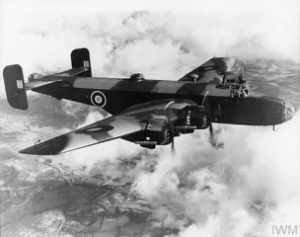
AM I GOING TO SURVIVE? (The thought that ran through every airman’s mind)
The odds were against survival. Young airmen came to that conclusion early in the career. No doubt many joined the RCAF because it sounded exciting. To fly. Each person on an aircrew was expected to complete a tour of 30 flights over enemy territory. Only 16% managed to reach this goal. Some of these airmen even continued to fly, i.e. more than 30 flights, in spite of the long odds against them. Most, like my cousin George Freeman, looked forward to completing 30 and retiring from active bombing. George Freeman even volunteered and joined extra crews to get the 30 missions completed as he planned to marry if he survived. He did not make it as HX 313 was shot down May 27/28 1944 and he was likely killed in his upper turret bubble.
In the big picture there were 120,000 members of the Allied Bomber Command of which 55,573 died. Of these deaths, 9,919 were Canadians, a death rate that was very high for a country with a small population like Canada.
Statistically that meant that a member of RACAF Bomber Command in a Halifax bomber only had a 17.3% chance of survival.*
Perhaps the darkest way to explain what happened to these young men is to consider it this way. For every 100 men in Bomber Command 45 were killed, 6 were badly hurt, 8 became Prisoners of War and 41 returned to Canada with no visible scars. That does not include the mental scars which for many were deep and long lasting. And that is perhaps why few airmen wanted to talk about their experiences.
END PART 1
NOTE: THIS IS PART 1 OF THE VICTOR POPPA JOURNAL/DIARY WHICH HE ENTRUSTED TO ME BACK IN THE 1980’S. PAGES 1 TO 29. AN EARLIER EXCERPT WAS TITLED ‘THE LAST FLIGHT OF HX 313’…A FOUR ENGINED HALIFAX BOMBER. I HOPE VICTOR’S SEXUAL EXPLOITS IN THIS FIRST PART OF THE STORY ARE READ WITH AMUSEMENT RATHER THAN DISGUST. IT IS IMPORTANT TO REMEMBER THAT RCAF AIR CREWS WERE AWARE THAT THEIR LIVES COULD BE TERMINATED AT ANY MOMENT. THE GIRLS THEY MET KNEW THAT AND MANY OF THOSE GIRLS KNEW THAT THEIR LIVES HAD SUDDENLY BEEN CHANGED FOREVER.
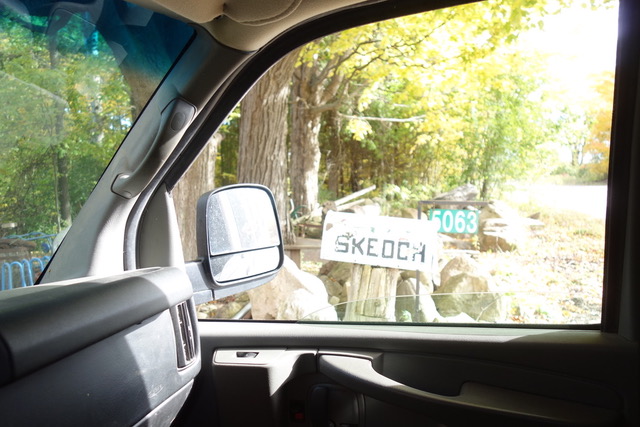



















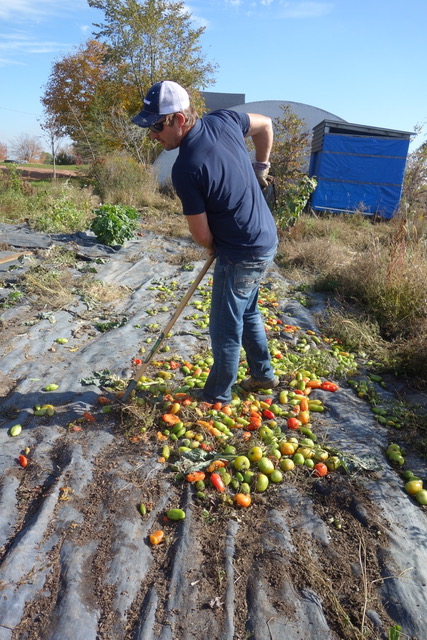
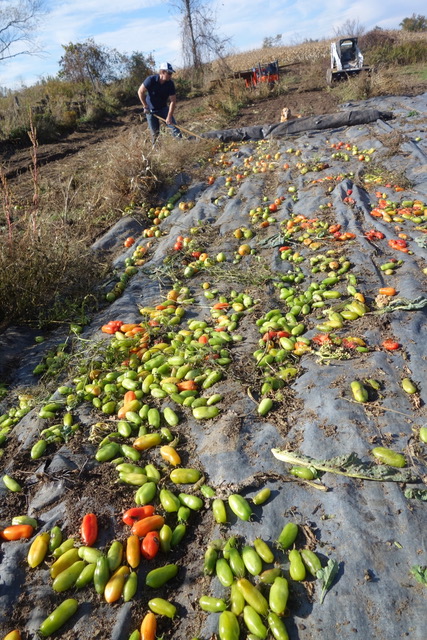



























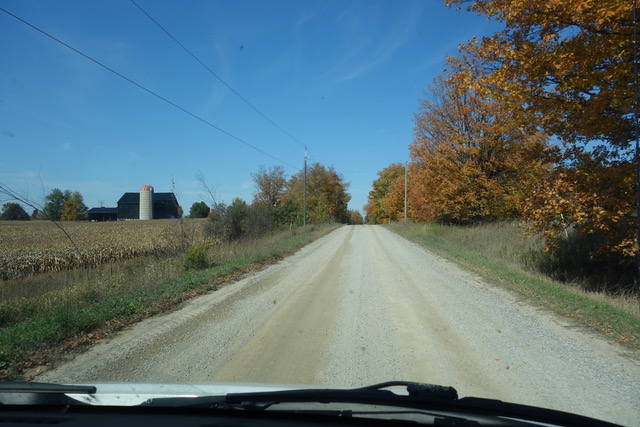
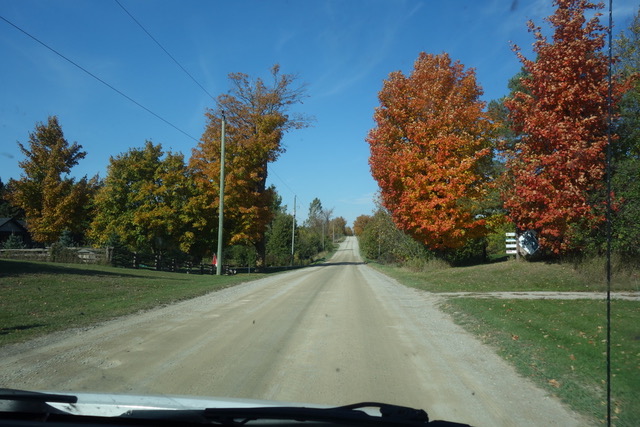

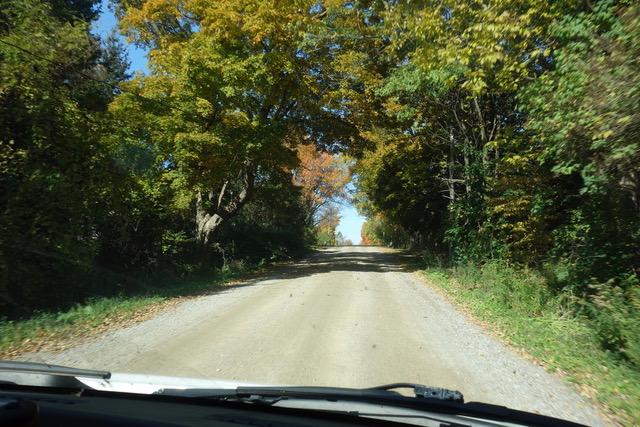

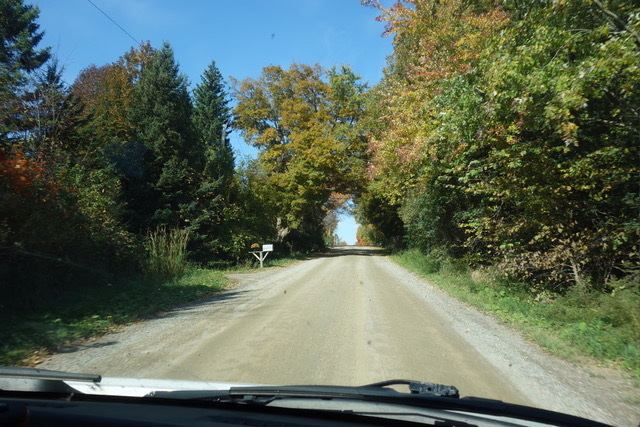





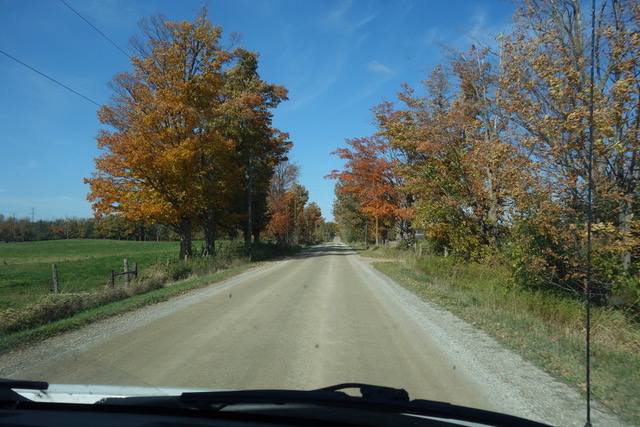




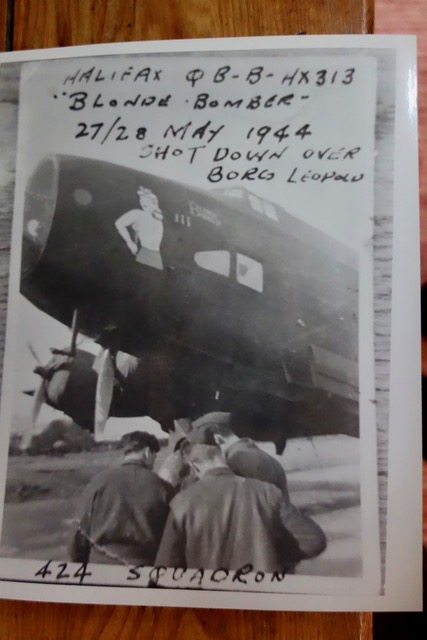
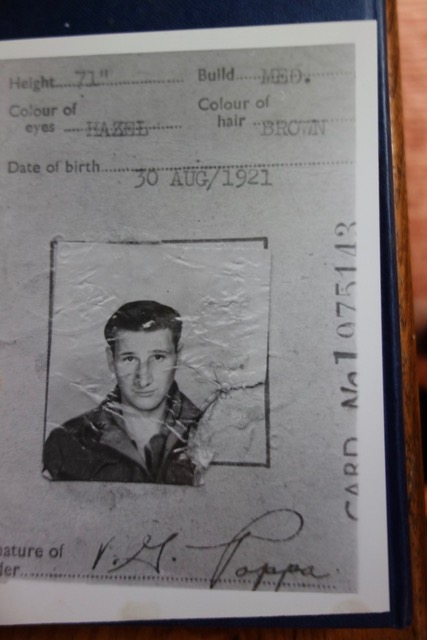
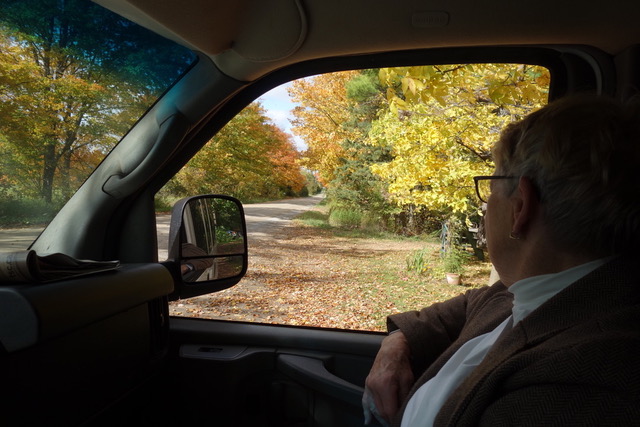


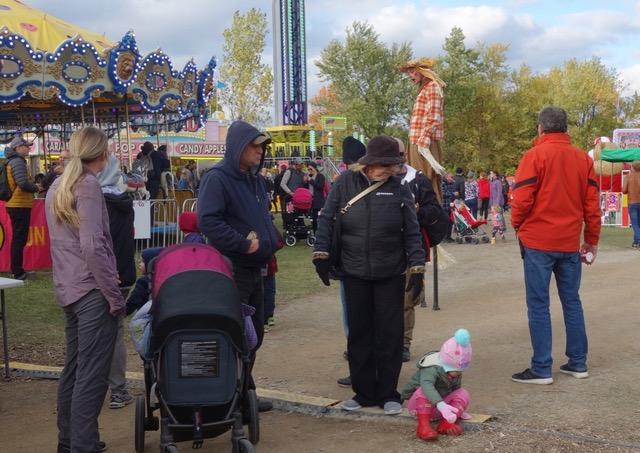

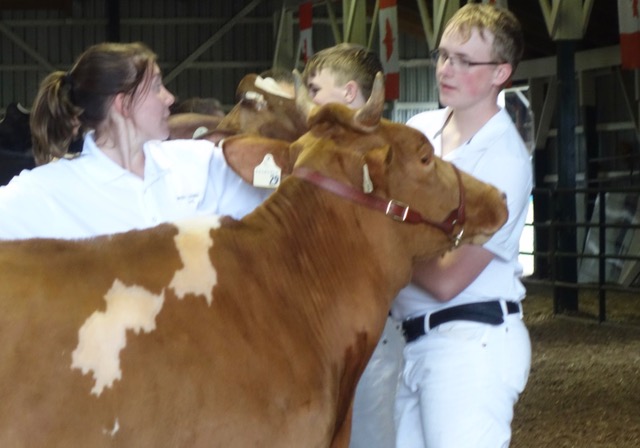




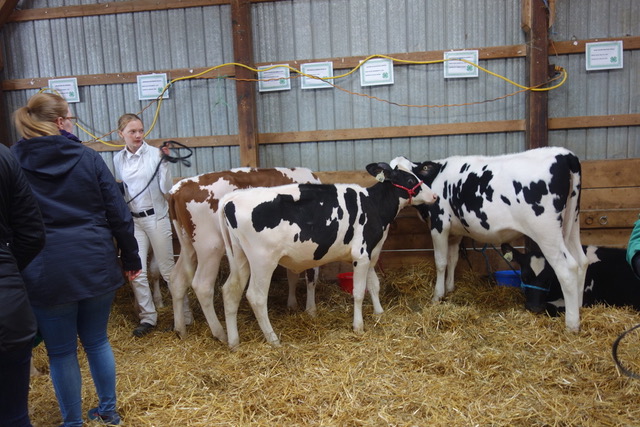
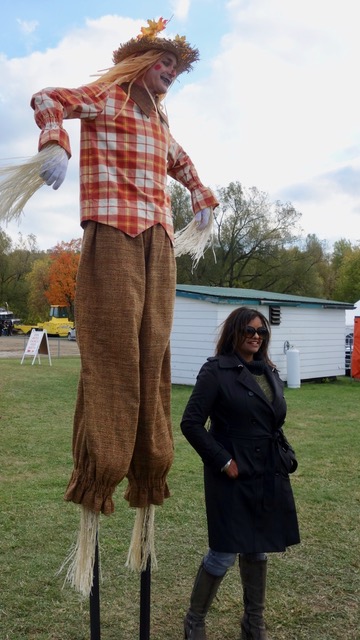
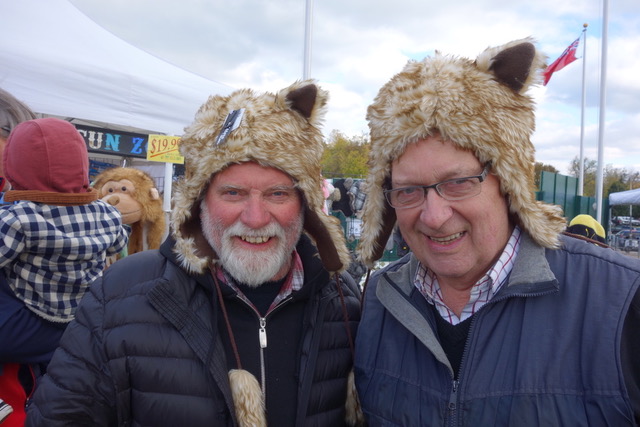
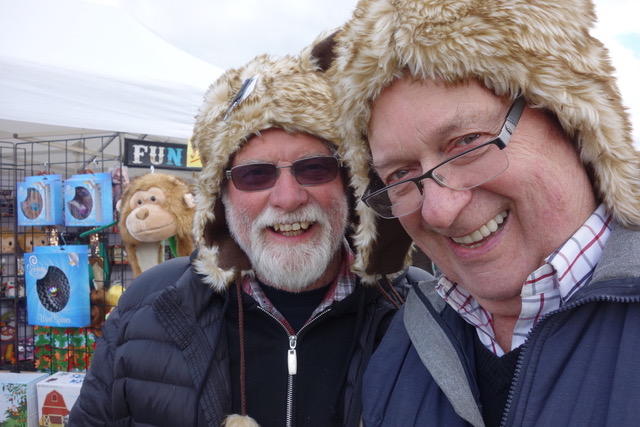

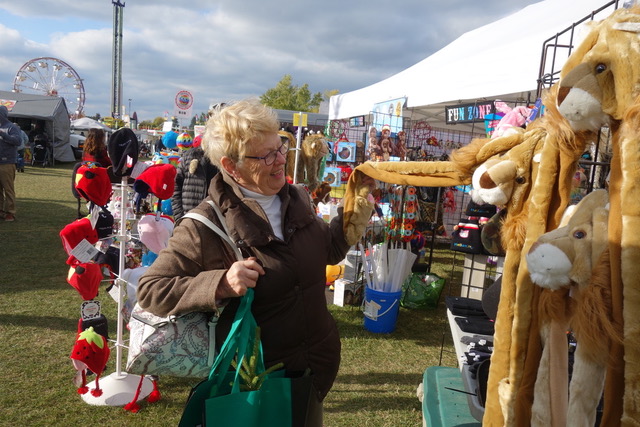
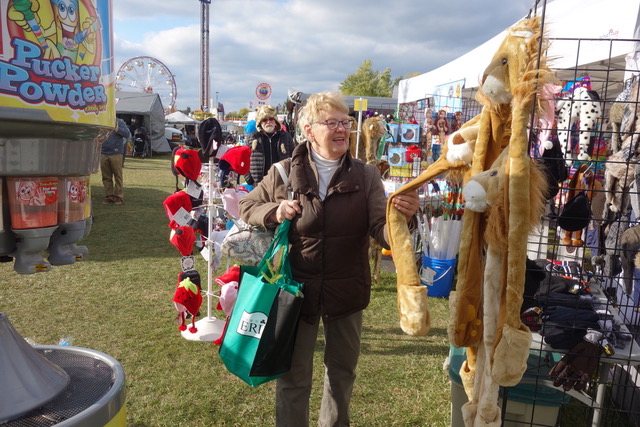
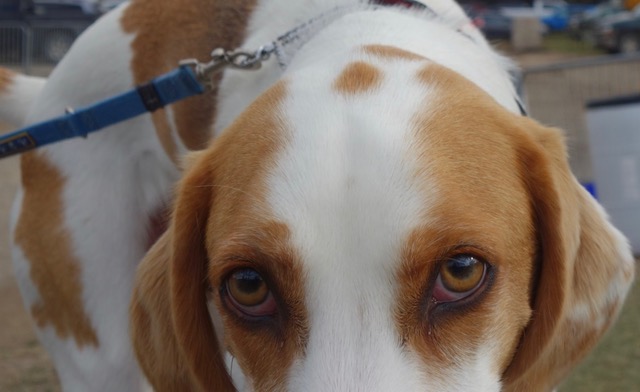
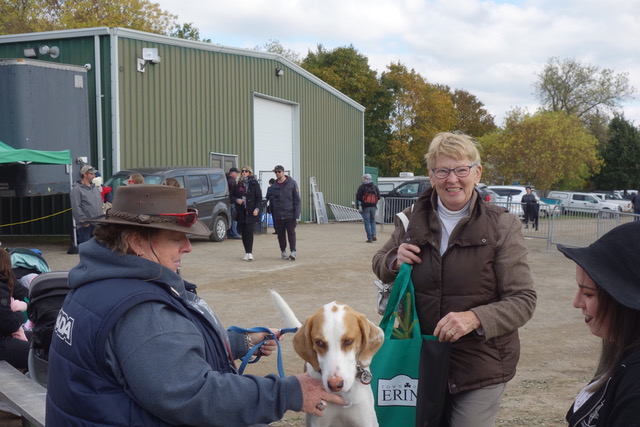
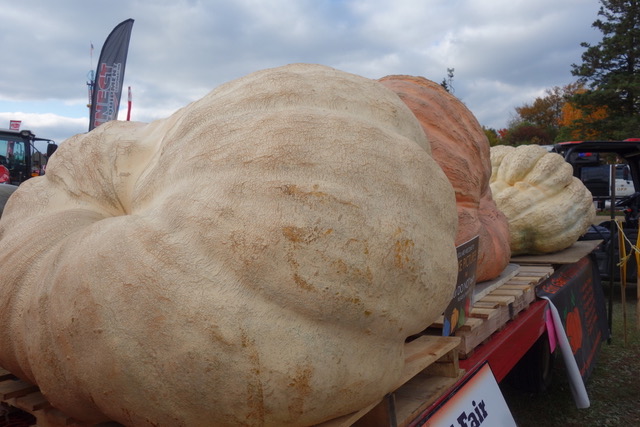
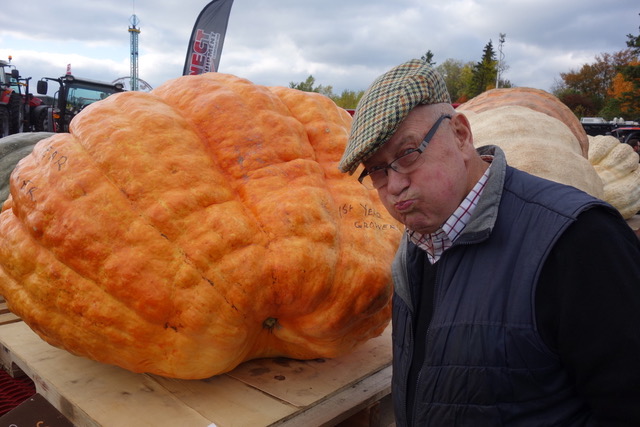

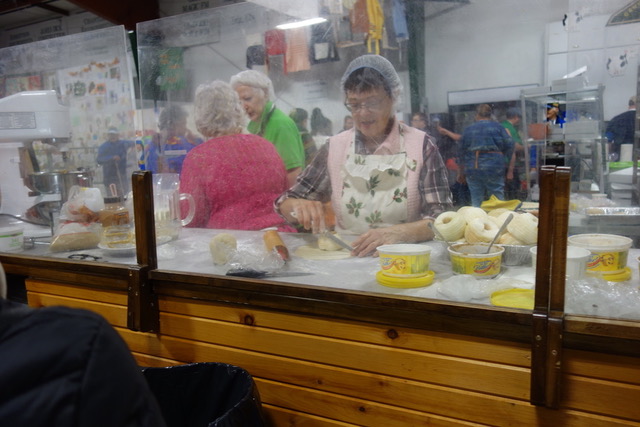
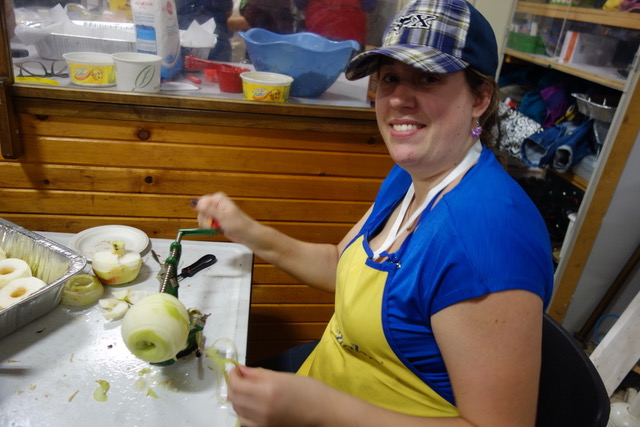

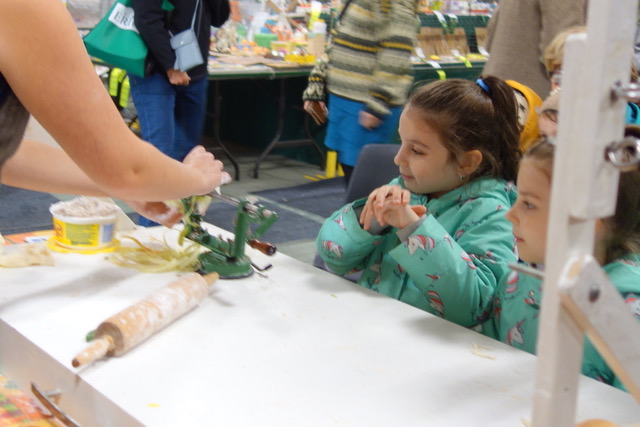


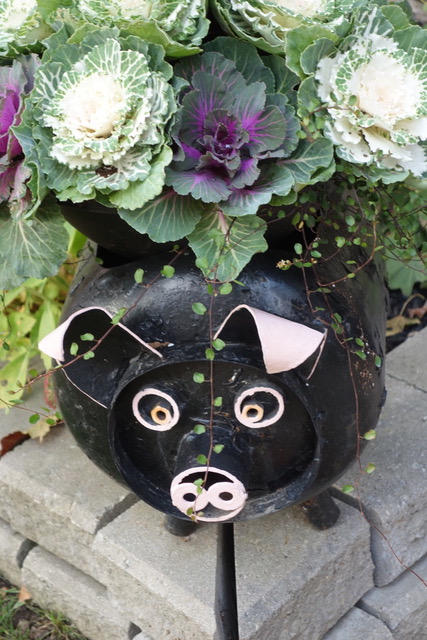


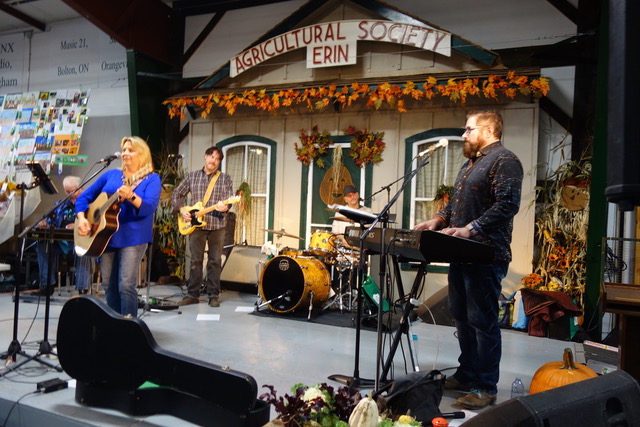
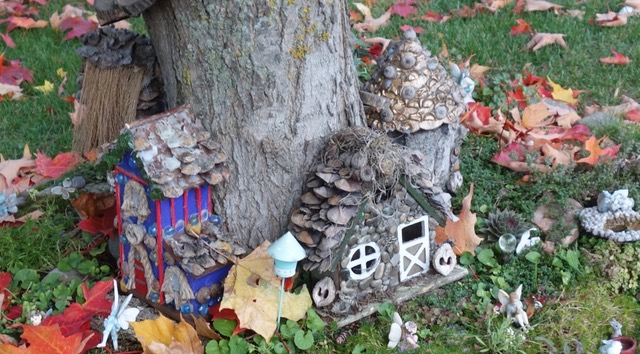


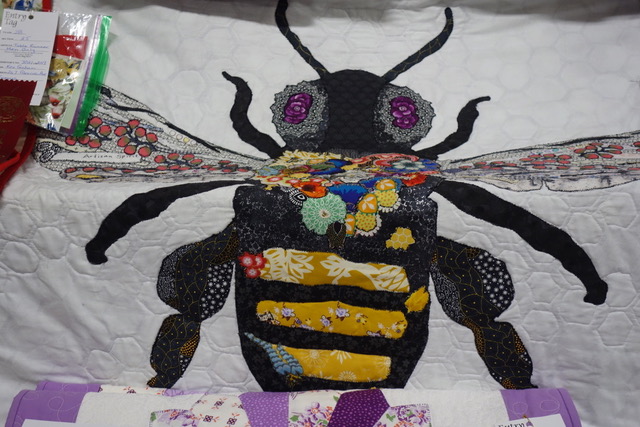



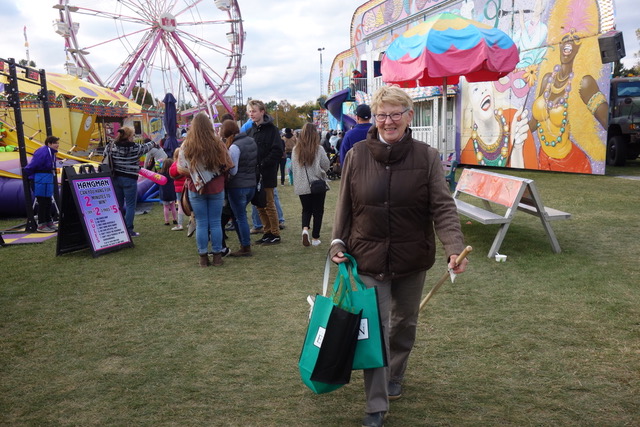



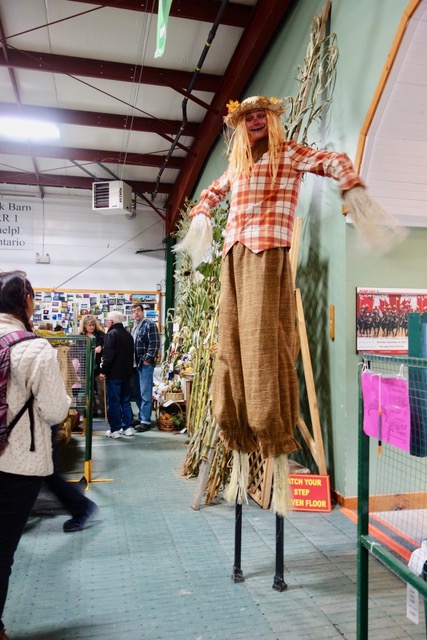

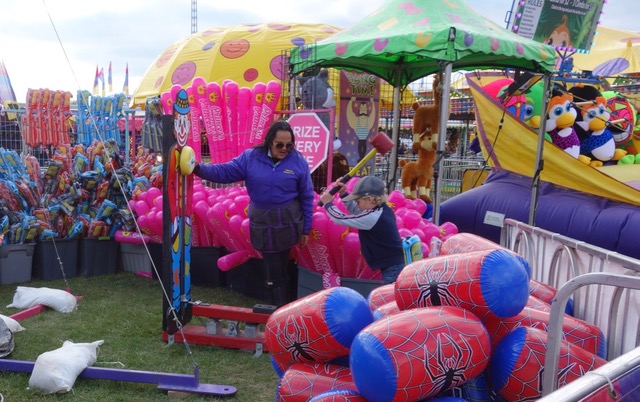
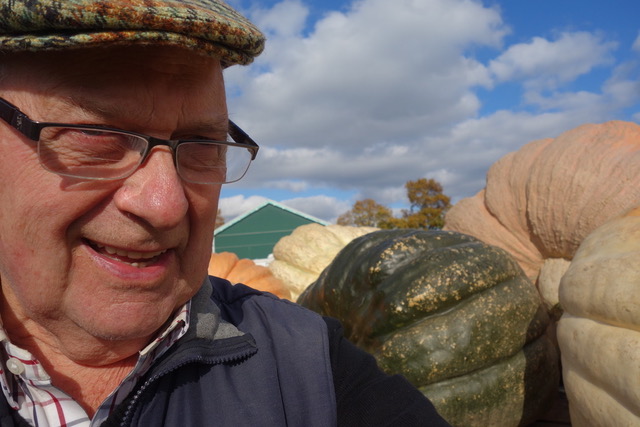






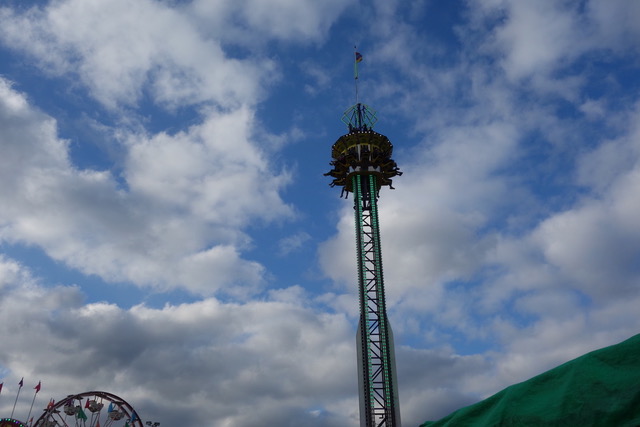

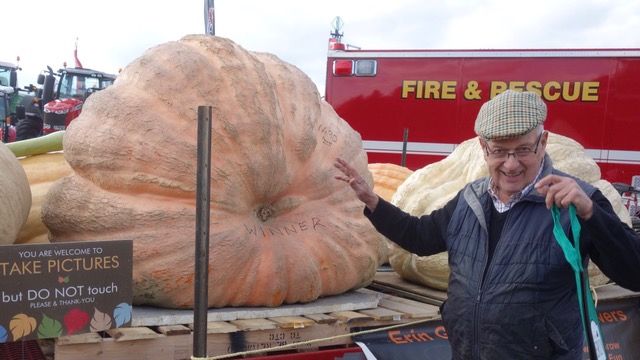












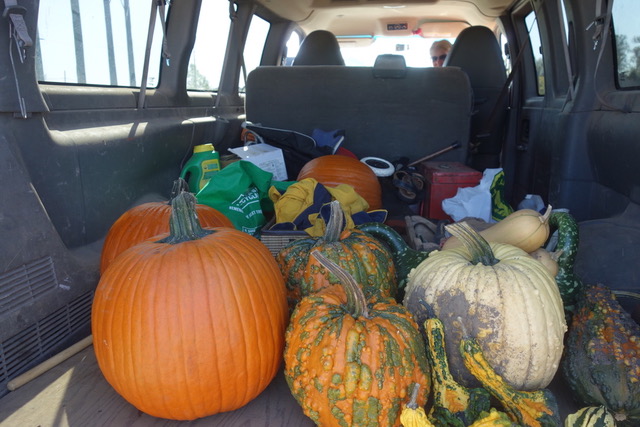
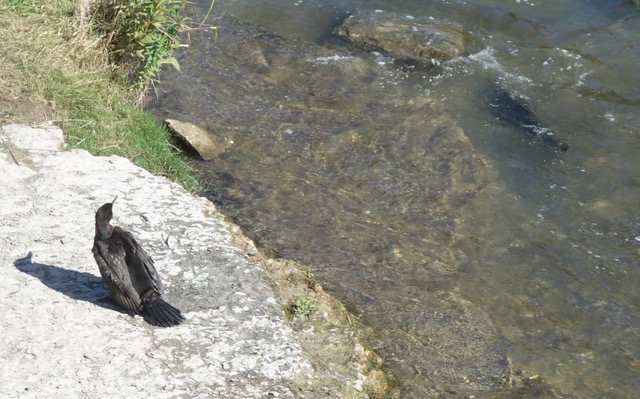


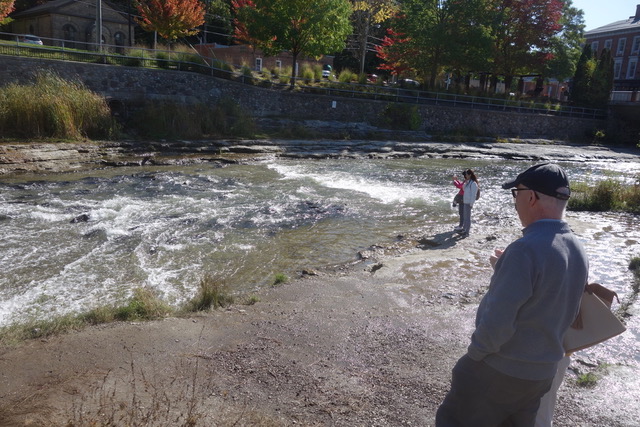


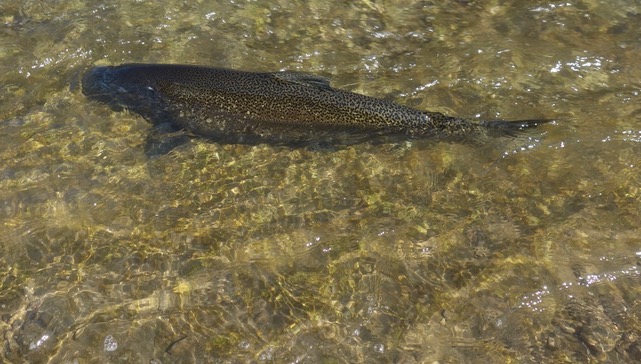
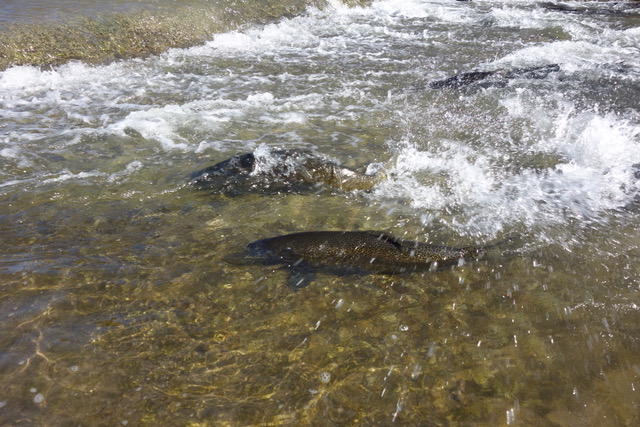
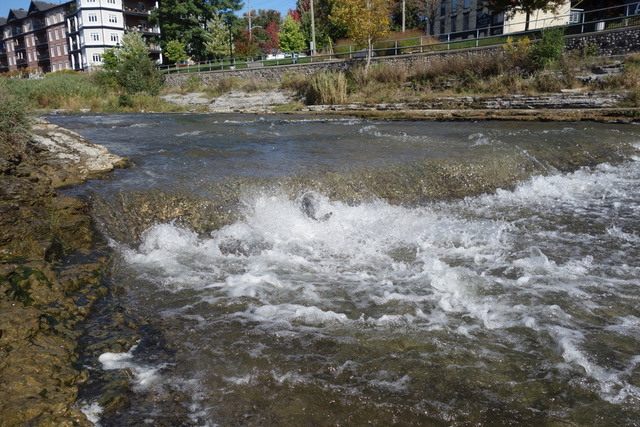
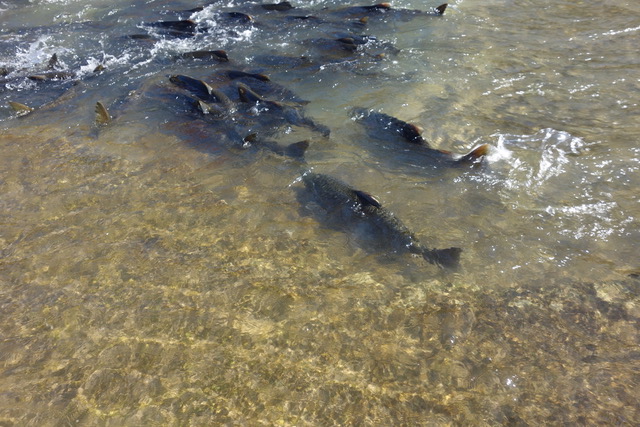
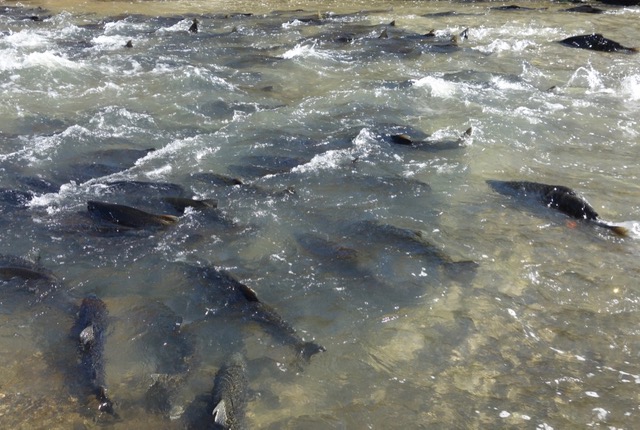

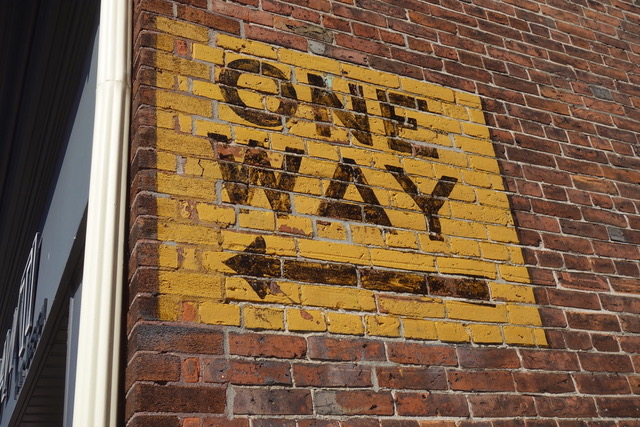






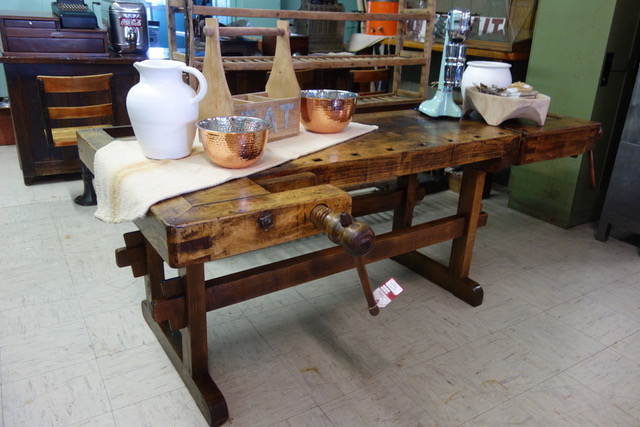

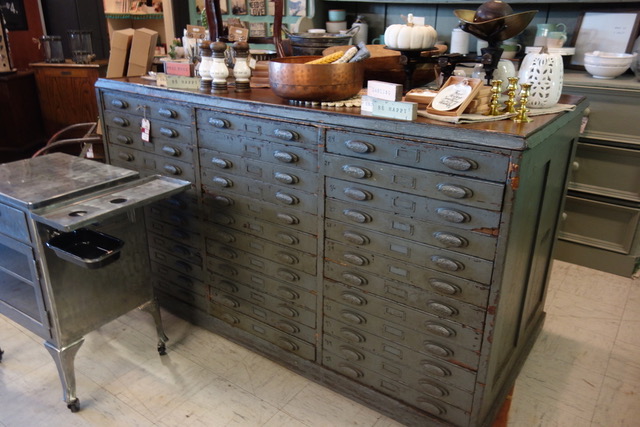

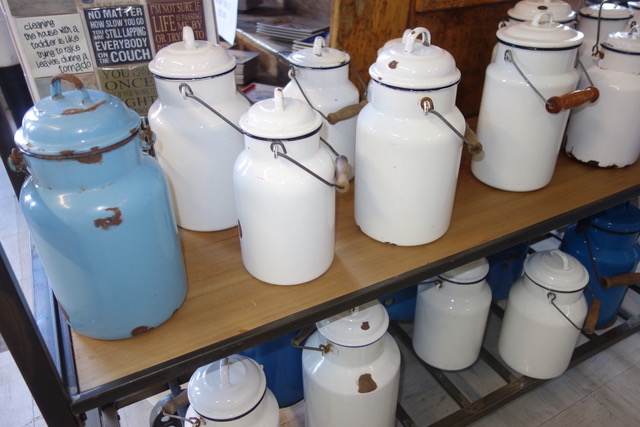


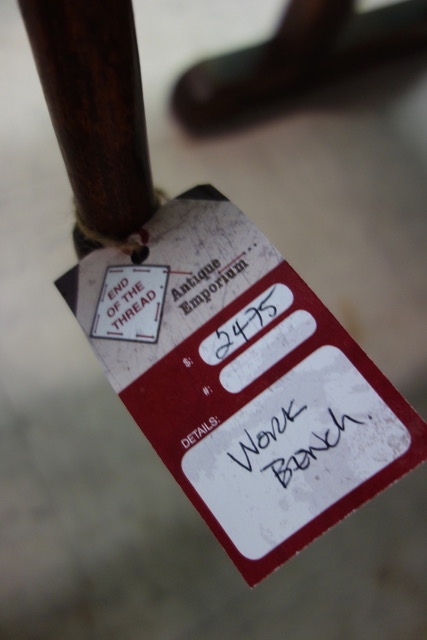

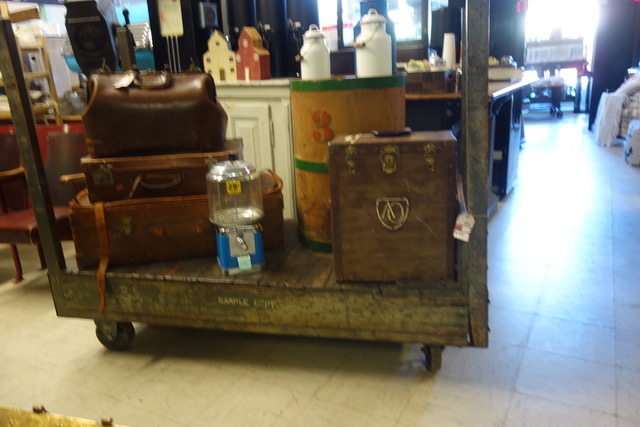


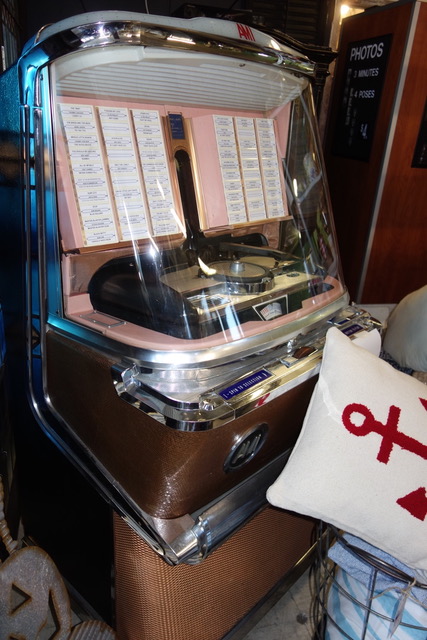
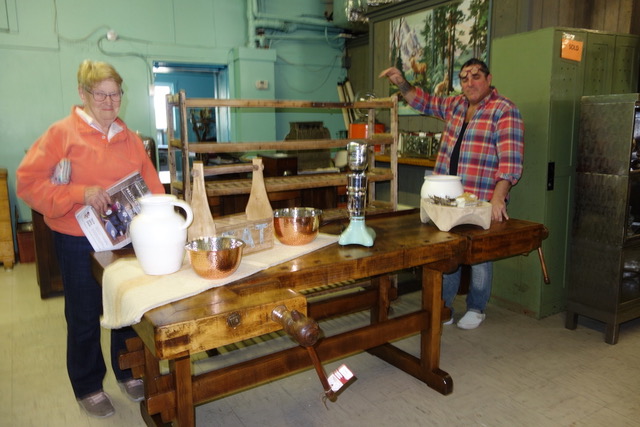
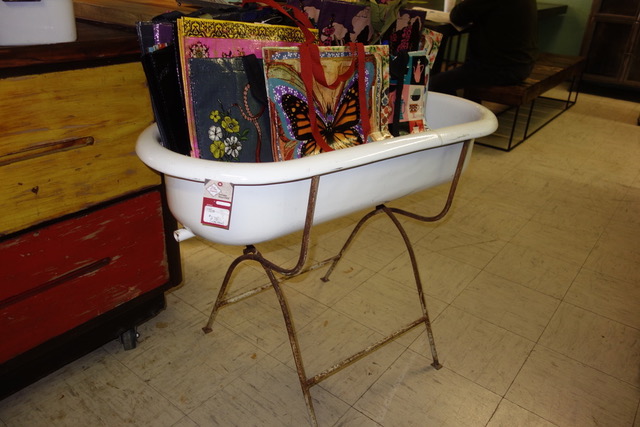


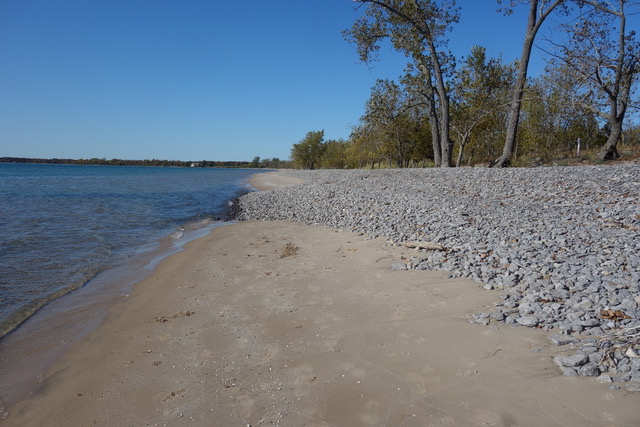

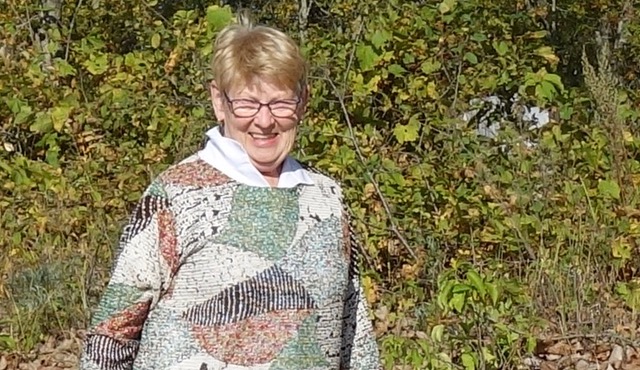
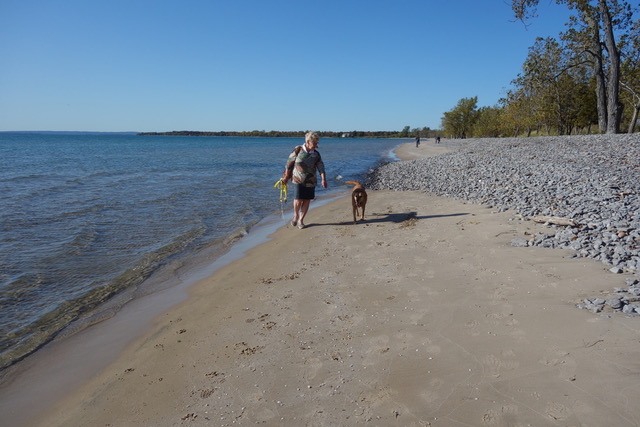
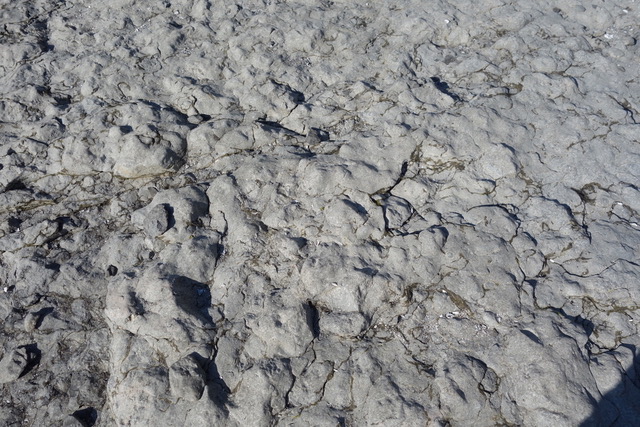

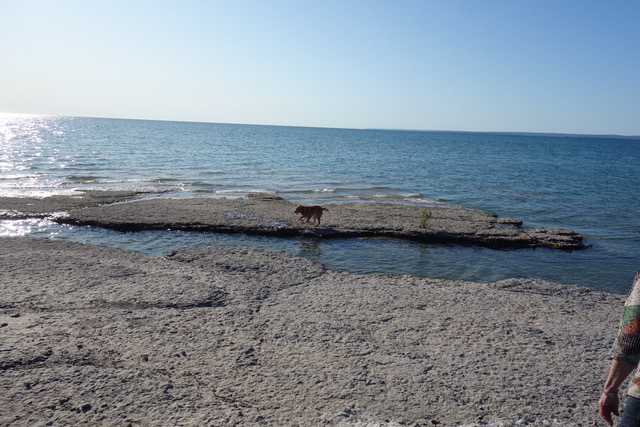


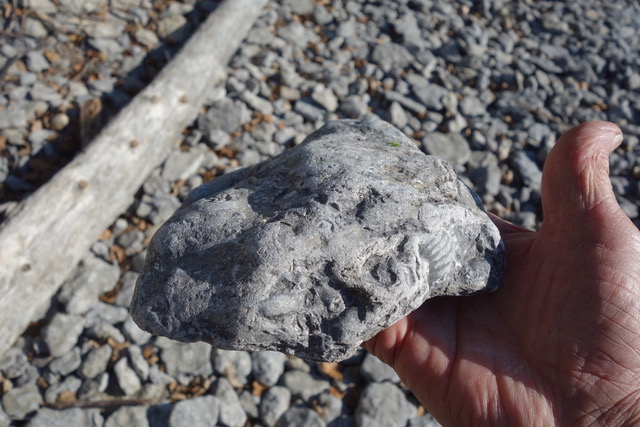

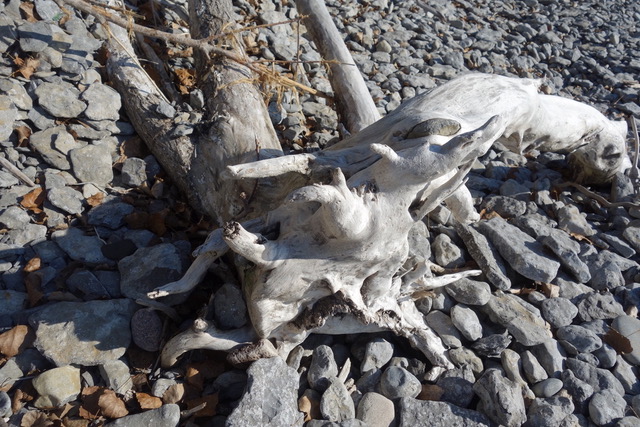
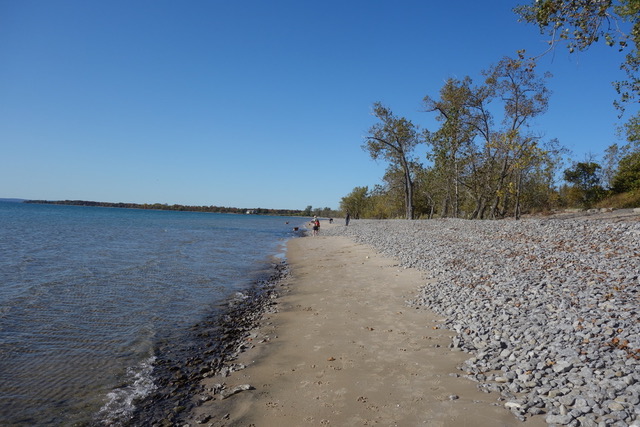

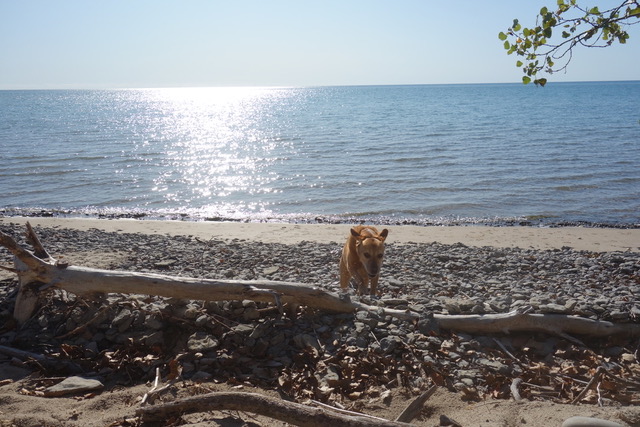


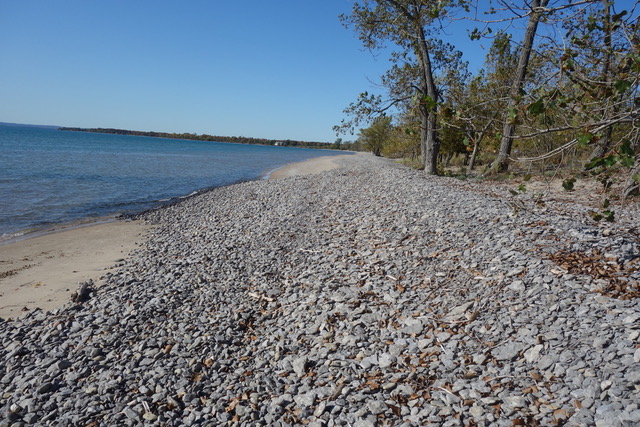
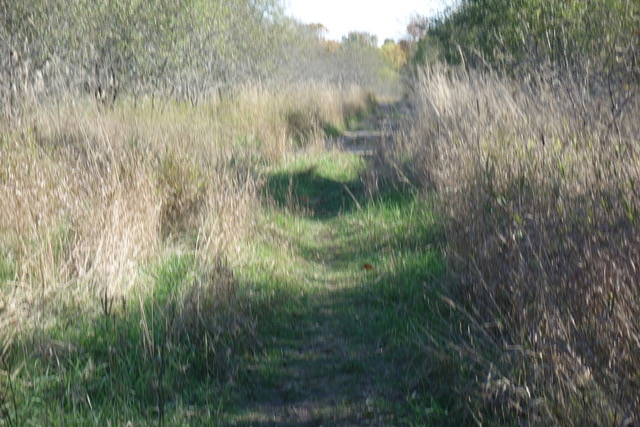
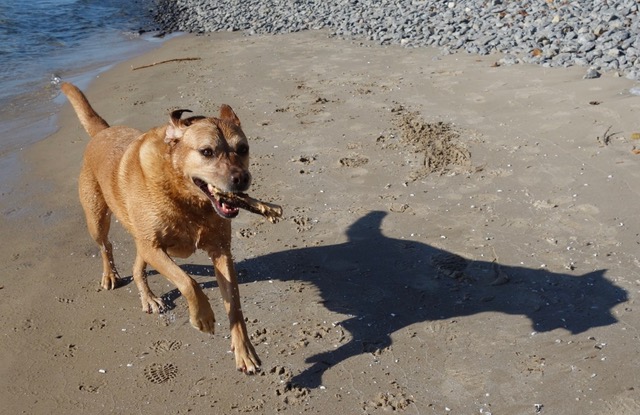

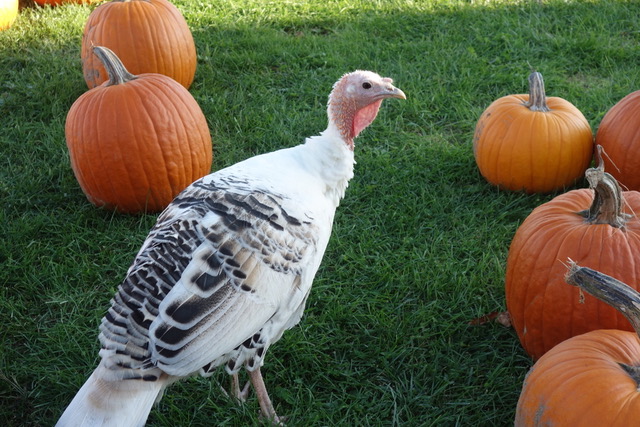





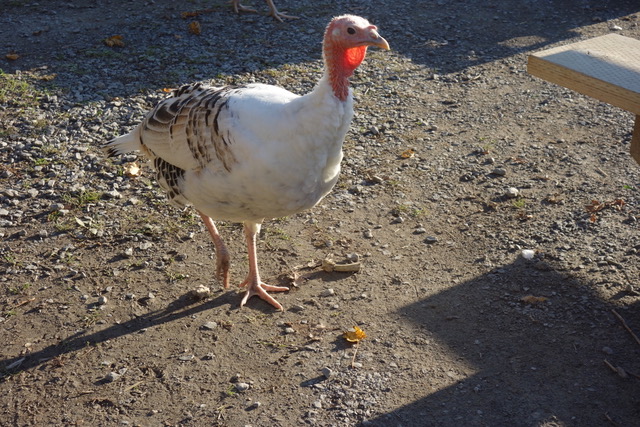


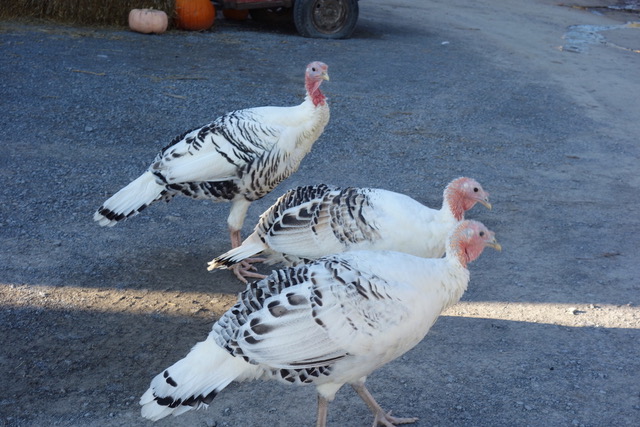




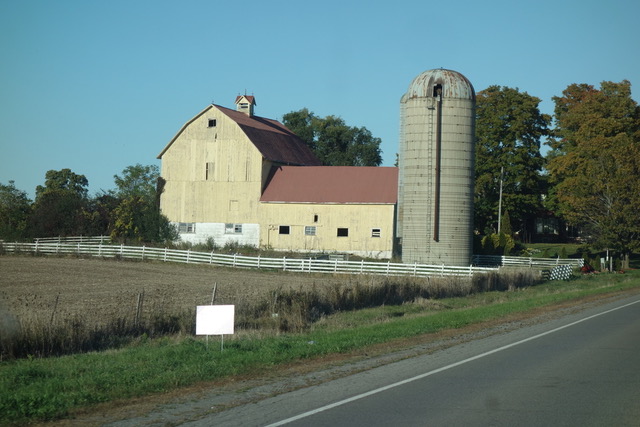





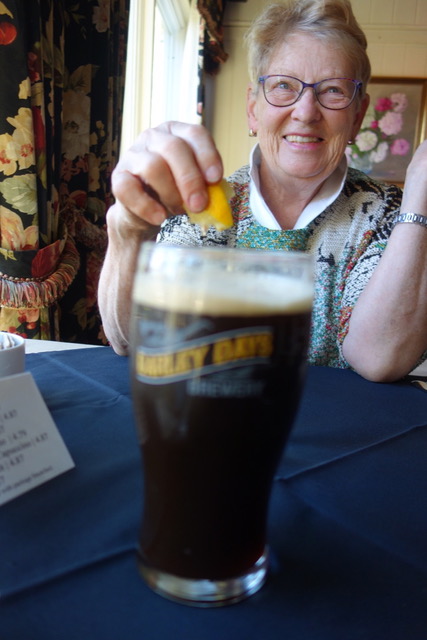


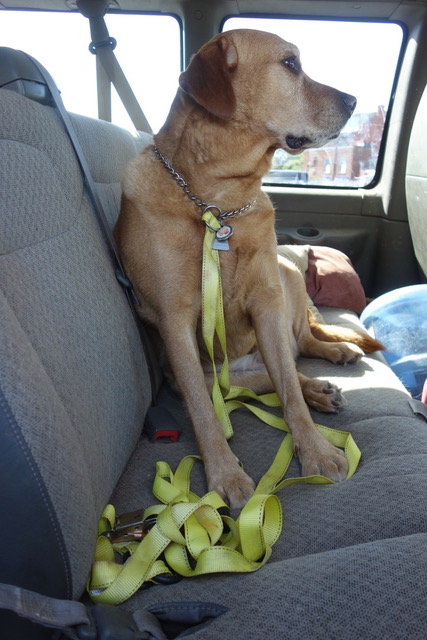
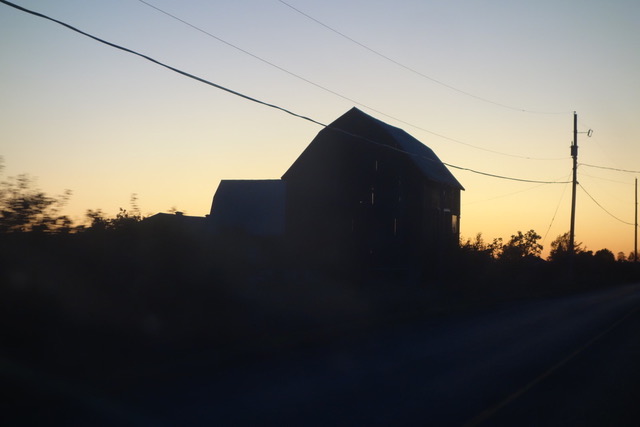
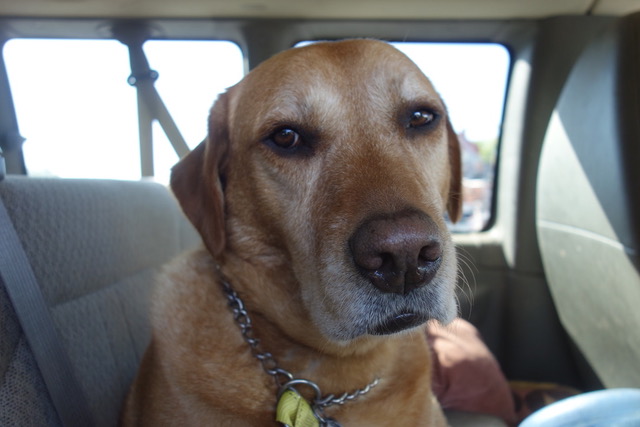
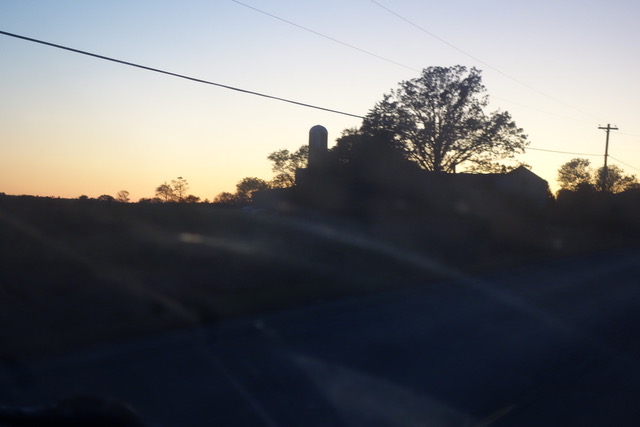
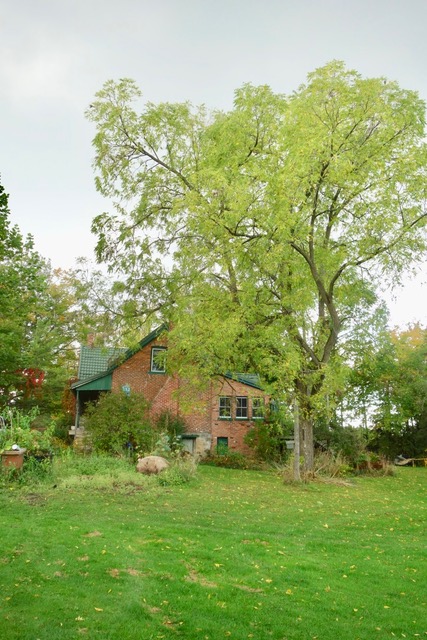



























Begin forwarded message:
From: SKEOCH <alan.skeoch@rogers.com>Subject: Fwd: THE LAST FLIGHT OF HX313 by ALAN SKEOCH Page 2Date: October 4, 2019 at 12:26:49 PM EDTTo: Alan Skeoch <alan.skeoch@rogers.com>, Marjorie Skeoch <marjorieskeoch@gmail.com>
Pages 1, 2, and 3
NOTE: I have begun to transcribe this story which was originally
written in an attempt to discover how RCAF sergeant George Freeman
died on May 27,1944…as time permits I will transcribe the story…and look for the pictures.
There will be typos.
THE LAST FLIGHT OF HX 313
(Original written in 1984, Current rewrite Oct. 2019)
alan skeoch
Death doesn’t impact on a six year old as much as it does on an adult. When George Freeman was declared missing on May 28, 1944, I barely noticed.
My parents were a little different that day I imagine. Quieter. Distracted. My brother Eric and I may have slipped out to Dufferin Park as usual. We didn’t
really know there was a war being fought in Western Europe, the Middle East, Burma, China and islands chains of the Pacific Ocean. Not real to us at all
To us the world war was fantasy as we spent a lot of time playing ‘guns’ with wooden weapons made from cast offs from the local piano factory. We spent
more time playing cowboys and indians than replicating the confusing combatants of World War II.
The only real war we knew about were the gang wars between the Beanery and Junction gangs which seemed to rage regularly when waves teen age hoodlums
attacked each other with lead pipes and baseball bats or fists and hand held broken beer bottles. Time has magnified these fights in my memory. There are
only a few news clippings that even mention these battles. Eric and I did see some battles that’s for sure. As to how often I cannot be sure. But they did
happen. I know this because we watched them from the safety of our rented flat at 18 Sylvan Avenue, a large Victorian house right inside Dufferin Park.
We saw the police arrive in force to break up the combat and when the field was clear we tried to pick up what was left behind by the gangs. This included
what mother called “dirty things” left earlier under the forsythia bushes which bisected the park in those days. “Good balloons, Mum.”
So the disappearance of George Freeman passed unnoticed. I never met him even though he was a cousin. I do remember, however, Mom taking us by
street car to the Hunt Club Golf Course just before Christmas in 1944. Uncle Chris Freeman was the head greenskeeper and as such lived in a nice
little house in the centre of the place. I remember aunt Kitty crying cause someone had died. Uncle Chris who had a crooked eye was stoic but
serious. Normally he liked to tease us. Good humoured kind of man. But not that year. Mom explained that their son, George, has been declared
missing in acton. He was likely dead they knew but they clung to the hope he would turn up in a German POW camp when the war ended.
His bags were sent home from his 427 squadron headquarters at Skipton on Swale in Yorkshire. Seems I remember mom saying that aunt Kitty took
the suitcase up to George’s room and left it there. Unopened. She clung to the hope he would be found and return to them at war’s end. That hope
was held through 1945 and even into 1946 because newspaper reports of long lost soldiers and airmen continued to crop up. That room was waiting.
George Freeman became a kind of ghostly mystery figure to us. His room…his bag…were a kind of mysterious presence that entered the long term
storage of my brain. Even now, over 70 years later, I can visualize that greenskeepers house with aunt Kitty misty eyed and uncle Chris stoic.
A strange thing happened to me forty years after George Freeman died in that Halifax Bomber labelled HX 313. Something made me want to try and
find out what happened to George Freeman. I began to try to put the fragments of his life together in 1984. What really happened in the skies over
Belgium on May 27, 1944? As a history teacher at Parkdale Collegiate Institute I wanted my students to understand what it was like to be young, patriotic
and idealistic in the1940’s. Wanted the students of 1984 to see themselves wearing George’s fleece lined RCAF boots rather than just reading aging
historical facts. I had no idea just how startling the story would become.
Where to begin? Records existed, I knew that but I wanted to put flesh and blood on those records. So asked George’s sister Lillian, we called her Mickey
for some reason, if she had any letters sent by George from Yorkshire. She had a few letters and small pictures but she had no idea what happened
on that last day when HX 323 fell flaming from the skies over Bourg Leopold. Most moving was a picture of George in this RCAF uniform. He looked
so much like our own sons. Young. But also serious and perhaps idealistic.
INSERT PHOTO
to be continued
…the story is longer than I ever expected
These first few fragments became parts of what became a giant jig saw puzzle with many pieces missing and others in a jumble for me to sort. One piece dated January 4, 1944was a starting point.“Please accept my sincere sympathies in this period of great anxiety. I trust that favourable word will be forthcoming of your son. The enclosed letter (and snapshots)addressed to you was found amongst your son’s personal effects. We regret the necessity of having to censor the letter for security reasons, and to ascertain if it containedanything of a testamentary nature.” signed by Squadron leader Pennington of #6 Bomber GroupThe snapshots turned out to be wonderful clues. The letter, George’s last letter, revealed that he knew his chances of survival were slim. He was taking extra flights to try and gethis 20 flights over with. Air crews who survived 20 bomber raids were relieved of future raids unless they volunteered to continue these risky flights which many did even withthe horrific death rates. George was planning to stop it seemed although that was not certain. He was committed to the war effort. But would he continue with HX 313?Maybe not for he had fallen in love with an English girl ands preparing to surprise aunt Kitty with an engagement announcement. “The girl works in our mess and is a good girl.In fact, mom, she is a Cockney, so you have an idea from that what she is like. Her parents made me very welcome and I had two eggs there.” Included with the letter was asnapshot of George and his girlfriend in each others arms. Smiling. We would never know her name. Tragic romances were all too common among members of #6 Bomber Group.INSERT PHOTOGeorge also told his mom that he had bought her a Victory Bond. But he said nothing about the war or HX 313. One tiny photograph wa dated February 10, 1944, taken in frontof a flimsy looking barrack on which was printed “Moe, Pop, Bob, Wilf, Eric, Casey and Me”. No last names but enough hints to lead me deeper. As things turned out “Pop” becamethe linchpin I needed to get all the pieces in place. Sorry for the mixed metaphor.INSERT PHOTOINSERT PHOTOThe final snapshot, taken after the war, showed wooden cross labelled ‘P.O. Freeman, G.F., RCAF, KS 28,5, 44, #J 88397”. George would not be returning To aunt Kitty and Uncle Chris.INSERT PHOTOThen I found a crumpled news clipping with the title “Nazi rockets Failed to stop Canadians” referring to George Freeman’s first flight in HX 313. A strong hint that the skies overGermany were filled with rockets and flak and night fighters…and terror.But I still knew nothing about the last flight of HX 313. George was the mid upper gunner in that lumbering Halifax bomber belonging to Tiger Squadron, RCAF. Efforts to get information from ottersfailed because the Privacy Act forbade the release of crew members that survived the war. Strange. Must be some reason for this but I failed to know what reason. LillianPeers, George Freeman’s sister, told me that the pilot of HX 33 visited their golf club home after the war. “His name was Mallet and the meeting was very emotional for all of them.”The story could have ended there were it not for the offer of a CBC Classified appeal. “At the sound of the beep, give your message…be sharp and specific”“Eric Mallet, are you listening? You were the pilot of a Halifax bomber that was shot down over Belgium on the night of May 27, 1944. Your upper middle gunner was George Freeman,my cousin, who was killed. I am trying to put together the details of his death.” Then I innocently mentioned the little snapshot of the pet Scotch Terrier sitting in George’s Air Force hat.“I have a few fragments that belonged to George. One is an RCAF hat sitting upside down with a little black dog below which is written “Nooky, Squadron Leader”, perhaps that cluemight help.” Does the word have any meaning?”Well the word certainly had meaning. Many listeners responded to let me know that Nooky referred to sexual activity of a casual nature. Mention of Skipton on Swale and #6 BomberGroup and HX 313 along with Nooky resulted in a shower of puzzle pieces. Many clarified he meaning of Nooky. “Refers to sexual activity, Alan.” I should have known that andhad I known I would never have included it in a CBC radio broadcast that went clear across Canada from seas to sea to sea.Several phone calls came immediately. Most were irrelevant. Veteran airmen just making contact…wanting to help. Mothers who had lost sons. Sisters who had lost brothers. Oneman living in a dirt encrusted room on Toronto’s River Street was insistent I visit him. Doing so I realized he had lost the battle with alcohol long ago. He had been a gunner with#6 Bomer Group but had never met George Freeman. He just wanted someone to talk to.There was no call or letter from any of the four surviving crew members of HX313. But there was one unusual call. “Alan, my name is Joyce Inkster, a listener told me to call you andoffer my help. For the past few years my husband and I have been tracing and reassembling RCAF flight crews. Perhaps we can help you.”The Inkster were part of the Allied Air Forces Reunion. Joyce Inkster was a female version of Sherlock Hollmes. Within a day she had found the casualty report for the nightof May 27/28, 1944. It listed when names of the crew and 1944 addresses. Pilot Eric Mallet was from Vancouver. Mrs. Inkster consulted her collection of telephone books fromaround the world, No Mallet listed in Vancouver. “Let’s try Victoria” There was an E. Mallett. Was it worth a call…budget over run possible was in my mind. I could not afford tocall every Mallett in Canada. “Don’t worry, I have a system. I make the call when rates are low, say the message fast…of wrong person end the call in less than a minute. But firstI need a clue that will guarantee I’ve reached the right person.”The Scotch Terrier picture…Nooky….almost barked at us.“Are you Eric Mallett the pilot of HX 313 in 1944?”“Yes,” My heart skipped a beat.“Did you have a mascot?”“Yes, we had a scotch terrier.”The pilot of HX 313 had been found and the story began to unfold. I was asked to return the CBC Joe Cote show snd tell the audience the story as it stood.We found the pilot of HX323 living in Victoria, British Columbia, talked with him…he confirmed that they had a mascot… Scotch Terrier Nooky.“We had a seven man crew normally but on our last doomed flight we had an eight member. New pilots joining the squadron were assigned to a veteran pilot forone live operations flight so we had co-pilot W.F. Elliott aboard. Of our eight man crew, 3 were killed but 5 managed to bail out.”THE LAST FLIGHT OF HX 313 – LETTER FROM PILOT OFFICER ERIC MALLETT, 1984Many Bombers featured ‘Blonde Bomber’ nose art. This photo of a Handly Page Halifax bomberis likely not HX 313.Picture of personal standing on wings of a Halifax Bomber at Skipton on SwaleYorkshire, where George Freeman was stationed as a mid upper gunner onHX 313, Number 427 Tiger Squadron, Number Six Bomber Group, RCAF.“Dear Alan:In the first place I must you that George Freeman was never known to us as George, he was Hank. Hank carried out his duties as Mid Upper Gunnerwith great courage and at no time was overcome by fear. I am enclosing the only picture of our aircraft that I have with a member of the ground crewsitting in my seat. The ‘Blonde Bomber’ was one of the finest aircraft that I have ever flown (note: Eric was an experienced pilot) At that time the Halifaxwas the fastest heavy bomber in the world. We carried 42 tons of bombs and 21,000 gallons of100 octane gasoline, total all up weight was 85,000 poundsHank’sturret had four Browning machine guns capable of firing 1,250 rounds per minute.”
Note from 1984: Eric Mallett’s enthusiasm for the Halifax contrasted with the opinions of military historians who regarded the Halifax heavy bomber inferior to the Lancaster.Some historians even went so far as to note that the conversion of bomber squadrons to Lancasters was done in a discriminatory manner which favouredRAF bomber squadrons. Canadian Number Six Bomber Group continued to fly Halifax bombers to the end of the war.“The member of my crew were Flight Lieutenant Bob Irwin (deceased); Wireless Operator Wilf Wakely (deceased); Vic Poppa, tail gunner; Ken Sweatman, bomb aimer;Engineer Morris Muir (English); Mid-UpperGunner George Freeman (deceased); and flying officer Elliot who was coming along on his first trip…The target was BorgLeopold in Belgium a base which the Germans were using as a rest camp for their troops from the Russian front. After leaving the briefing I mentioned to thecrew that we were being sent on a mission for the sole purpose of killing people. We carried 14,000 lbs. of anti-personnel bombs and the aiming point was tobe the officers quarters. This mission did not sit well with the crew. We had already been through some tough missions against industrial targets butthis mission made us feel uneasy.”“Strangely enough we were not able to drop our load. We were right on our bomb run when we got hit. Just a few seconds prior to being hit I had anurge to take evasive action but I did not because we had our bomb doors open and had started our run. I didn’t want to spoil the bomb aimers sightingas there was no indication of an attack other than my hunch. Suddenly there was a tremendous burst of flame and I gave the order to ‘abandon aircraft ‘immediately. Knew from past experience that we only had seconds to do so because 100 octane gasoline would blow up once the flames reached thetanks. The Navigators position was right on top of the forward escape hatch. The whole crew was supposed to go out this exit so I would know when allwere out. They did not, however, because Bob Irwin couldn’t get the hatch open. The second pilot (Elliott) and engineer (Muir) took off the rear seat andwent out of the entrance hatch. I went forward to see how Bob was doing and by good fortune he was beginning to have some luck so I went back andstraightened out the aircraft. In what seemed like an eternity I returned to the hatch in time to see someone leaving. I then, did not hesitate to follow.Upon hitting the air my flying boots left me and I then tried to find the rip chord on my parachute. I couldn’t find the ring for what seemed like anothereternity. Eventually I hooked the ring, otherwise I would not be here.”Note: Even today, Oct. 2, 2019, I can remember reading Eric Mallett’s letter. Rivetting. I could hardly believe I had set an event like this inmotion back 1984. I had an idea that this was the end of the story so I read slowly and re-read even slower. But the story of the Last Flightof HX 313 was really just beginning. Read on!“Drifting down through the nigh sky, I could see the target with the bombs landing, exploding and setting fire to the buildings. I thought for a moment or twothat I was going to land right on it. The next thing I recall was seeing the ground come up to me and then ‘Boom!’…everything was silent. When I cameto, I found myself right beside a barbed wire fence. Remembered my previous training and buried my parachute. It required much effort.“It is almost impossible to describe the feeling that overcame me. Since that day nothing has ever scored me as all I have do is recall in mymind this dreadful night and the terrible feeling that I had.”“I spent the rest of the night sitting in a cornfield taking off my rings and rank markings as well as looking at my purse and pandora. The escape kitcontained Horlicks tablets, benzedrine, German, Belgian And French currency. When daylight came I discovered that I was close to a small village.I knew that i must get some help as I had a badly cut finger and no footwear. I waited and waited to see what sort of traffic was entering or leaving the village.There seemed to be none other than that of someone tying up a goat close to where I was hiding, for quite long time I wondered what the tinkling ofthe goat’s bell was.”“Alan, I am going to sign off for now for this is only the beginning of a long, long story. Enclosed you will find your map with the location of the attack. Alsoyou will find pictures of my crew, and one of the Blonde Bomber. We were not allowed to take any pictures of our aircraft for security reasons, as you canwell understand. Also included is a picture of Hank and Vic Poppa engaged in a little horseplay outside of our flight room. Vic Poppa and Ken Sweatmanwould be very pleased to hear from you if would care to write them.”Kikndest RegardsEric L. MallettNote from 2019: Wow! What a letter. More to come. Eric Mallett included the addresses of two other survivors. The story was growing and growing. It could so easily have beenlost. What followed was almost a year of contacts back and forth and even a visit with Victor Poppa in Cslifornia topped off by him travelling to Toronto in a ramshackle truckand trailer filled with spare used tires. Victor’s story eventually took over. Hank’s best friend. Could I put their life experiences back together? Pictures are a bit ofa problem for me in 2019. They are here among my books and records but it will take time to find them. My priority is to get the written account transcribed to digital.Note from 2019: This is the living quarters at airbase Skipton on Swale in 1944, a series of Quonset buildings with rounded roofs. The ruined brick buildingwas the operations centre, picture taken about 1984 when the airbase had been converted to a chicken farm after the tarmac landing strip had beenripped up.TO BE CONTINUED … TRANSCRIBING MY 1984 STORY NOW IN 2019…HOPE YOU ENJOY IT

Parachutes were very awkward it seems and both Sweatman and Poppa were
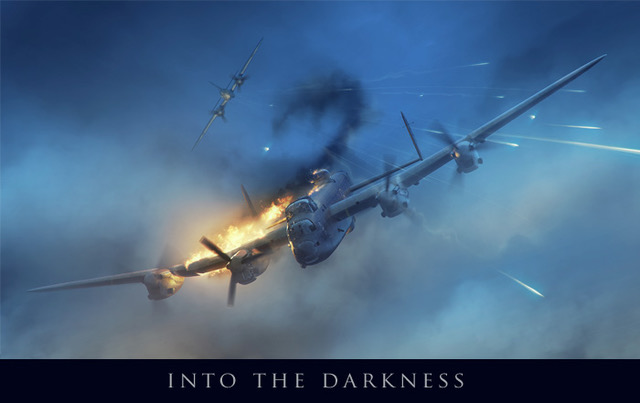
NOTE: I have begun to transcribe this story which was originally
written in an attempt to discover how RCAF sergeant George Freeman
died on May 27,1944…as time permits I will transcribe the story…and look for the pictures.
There will be typos.
THE LAST FLIGHT OF HX 313
(Original written in 1984, Current rewrite Oct. 2019)
alan skeoch
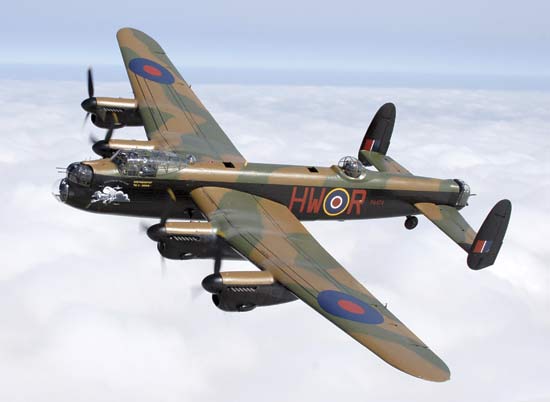
Death doesn’t impact on a six year old as much as it does on an adult. When George Freeman was declared missing on May 28, 1944, I barely noticed.
My parents were a little different that day I imagine. Quieter. Distracted. My brother Eric and I may have slipped out to Dufferin Park as usual. We didn’t
really know there was a war being fought in Western Europe, the Middle East, Burma, China and islands chains of the Pacific Ocean. Not real to us at all
To us the world war was fantasy as we spent a lot of time playing ‘guns’ with wooden weapons made from cast offs from the local piano factory. We spent
more time playing cowboys and indians than replicating the confusing combatants of World War II.
The only real war we knew about were the gang wars between the Beanery and Junction gangs which seemed to rage regularly when waves teen age hoodlums
attacked each other with lead pipes and baseball bats or fists and hand held broken beer bottles. Time has magnified these fights in my memory. There are
only a few news clippings that even mention these battles. Eric and I did see some battles that’s for sure. As to how often I cannot be sure. But they did
happen. I know this because we watched them from the safety of our rented flat at 18 Sylvan Avenue, a large Victorian house right inside Dufferin Park.
We saw the police arrive in force to break up the combat and when the field was clear we tried to pick up what was left behind by the gangs. This included
what mother called “dirty things” left earlier under the forsythia bushes which bisected the park in those days. “Good balloons, Mum.”
So the disappearance of George Freeman passed unnoticed. I never met him even though he was a cousin. I do remember, however, Mom taking us by
street car to the Hunt Club Golf Course just before Christmas in 1944. Uncle Chris Freeman was the head greenskeeper and as such lived in a nice
little house in the centre of the place. I remember aunt Kitty crying cause someone had died. Uncle Chris who had a crooked eye was stoic but
serious. Normally he liked to tease us. Good humoured kind of man. But not that year. Mom explained that their son, George, has been declared
missing in acton. He was likely dead they knew but they clung to the hope he would turn up in a German POW camp when the war ended.
His bags were sent home from his 427 squadron headquarters at Skipton on Swale in Yorkshire. Seems I remember mom saying that aunt Kitty took
the suitcase up to George’s room and left it there. Unopened. She clung to the hope he would be found and return to them at war’s end. That hope
was held through 1945 and even into 1946 because newspaper reports of long lost soldiers and airmen continued to crop up. That room was waiting.
George Freeman became a kind of ghostly mystery figure to us. His room…his bag…were a kind of mysterious presence that entered the long term
storage of my brain. Even now, over 70 years later, I can visualize that greenskeepers house with aunt Kitty misty eyed and uncle Chris stoic.
A strange thing happened to me forty years after George Freeman died in that Halifax Bomber labelled HX 313. Something made me want to try and
find out what happened to George Freeman. I began to try to put the fragments of his life together in 1984. What really happened in the skies over
Belgium on May 27, 1944? As a history teacher at Parkdale Collegiate Institute I wanted my students to understand what it was like to be young, patriotic
and idealistic in the1940’s. Wanted the students of 1984 to see themselves wearing George’s fleece lined RCAF boots rather than just reading aging
historical facts. I had no idea just how startling the story would become.
Where to begin? Records existed, I knew that but I wanted to put flesh and blood on those records. So asked George’s sister Lillian, we called her Mickey
for some reason, if she had any letters sent by George from Yorkshire. She had a few letters and small pictures but she had no idea what happened
on that last day when HX 323 fell flaming from the skies over Bourg Leopold. Most moving was a picture of George in this RCAF uniform. He looked
so much like our own sons. Young. But also serious and perhaps idealistic.
INSERT PHOTO
to be continued
…the story is longer than I ever expected
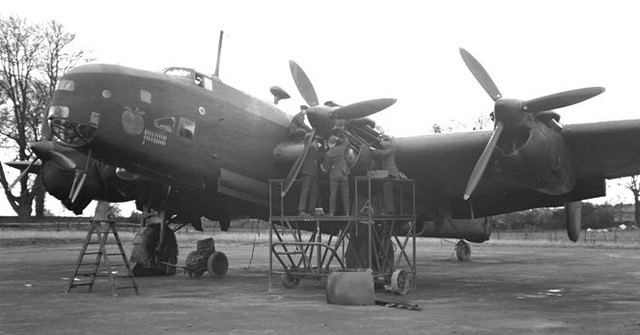

Hank’sturret had four Browning machine guns capable of firing 1,250 rounds per minute.”
